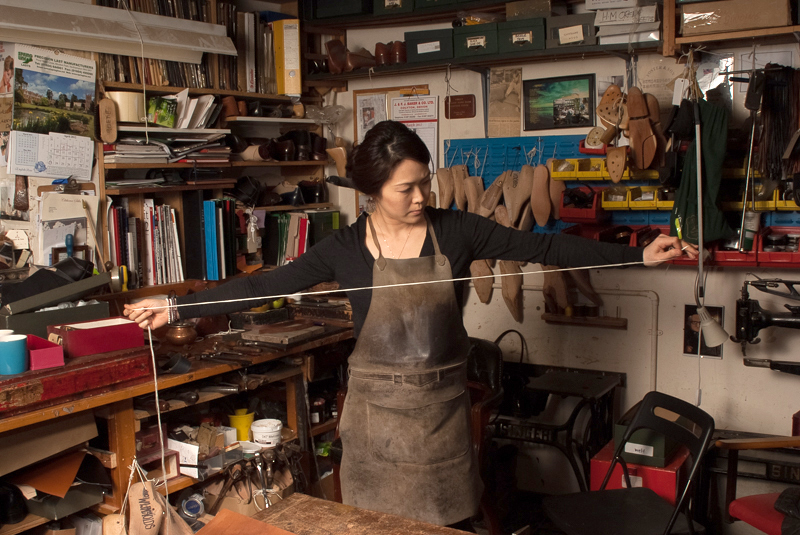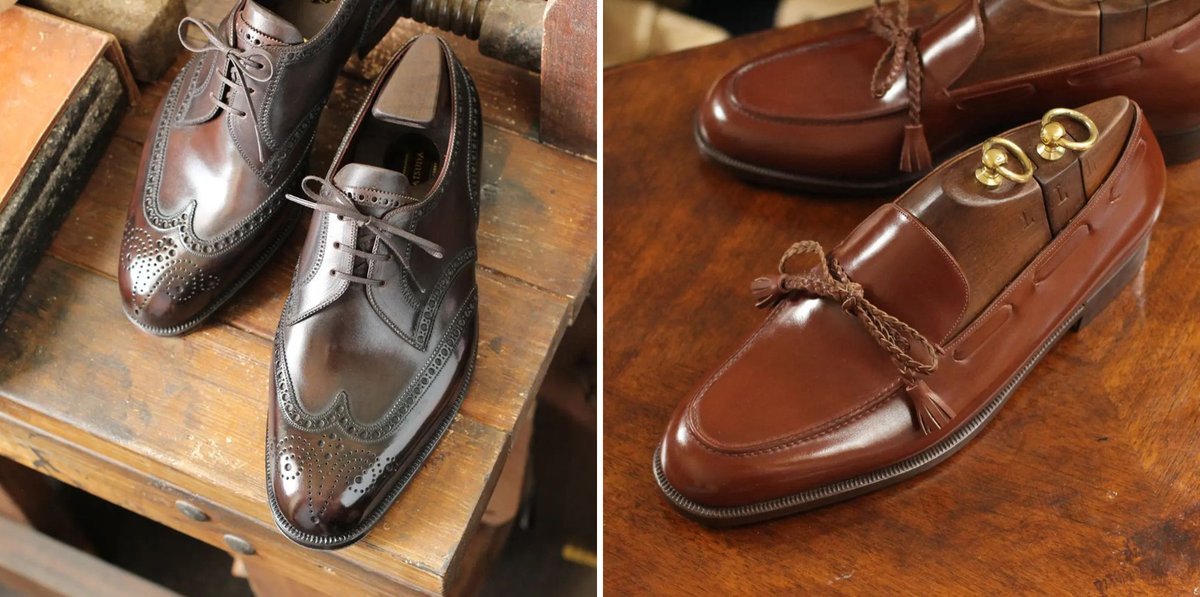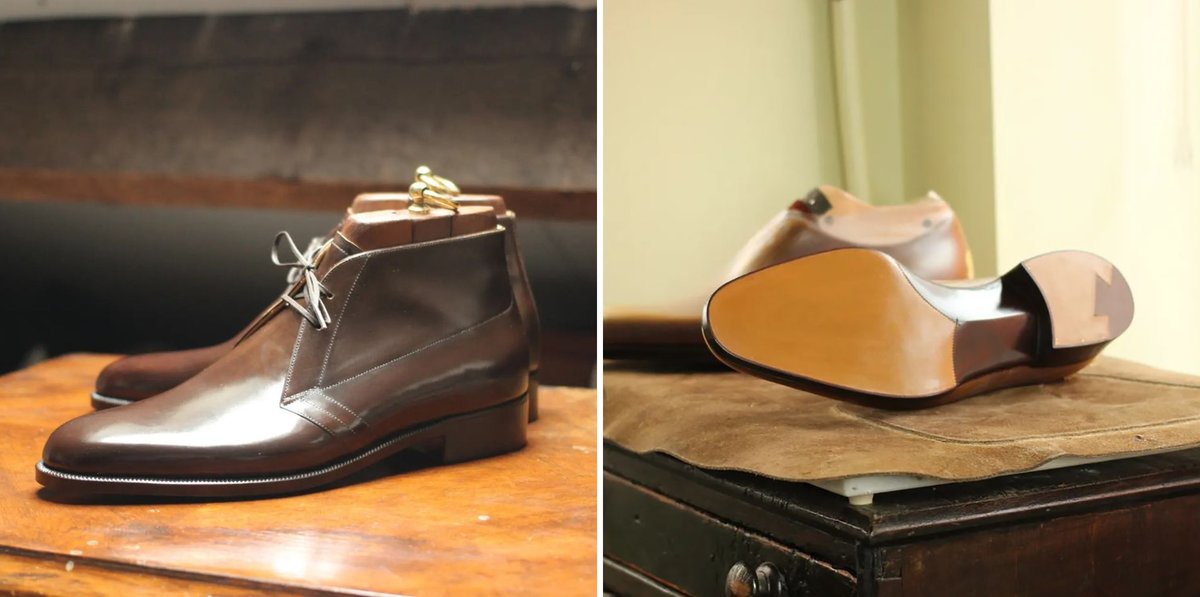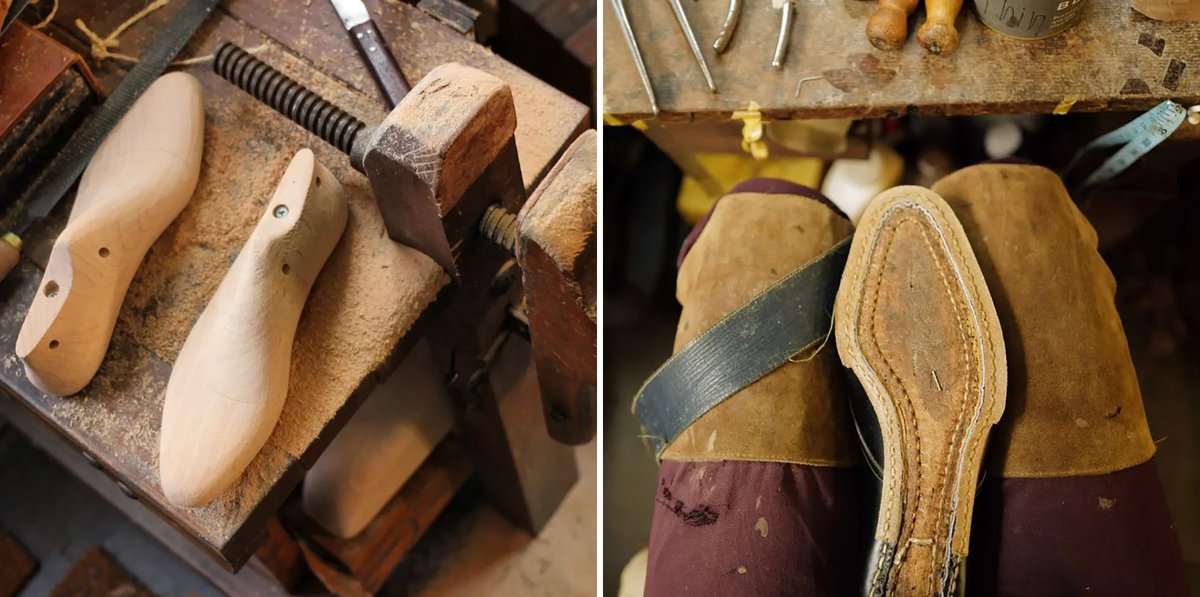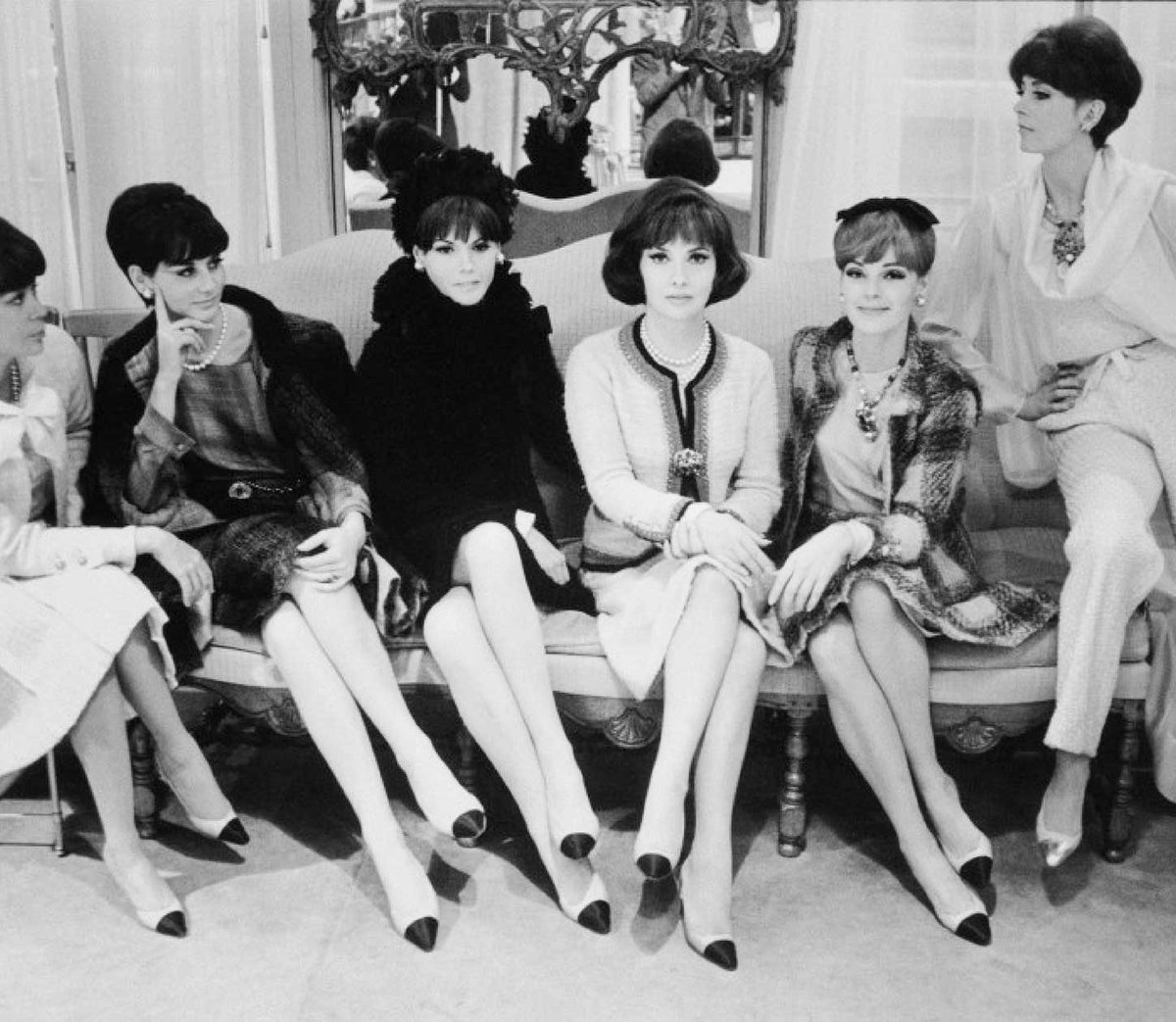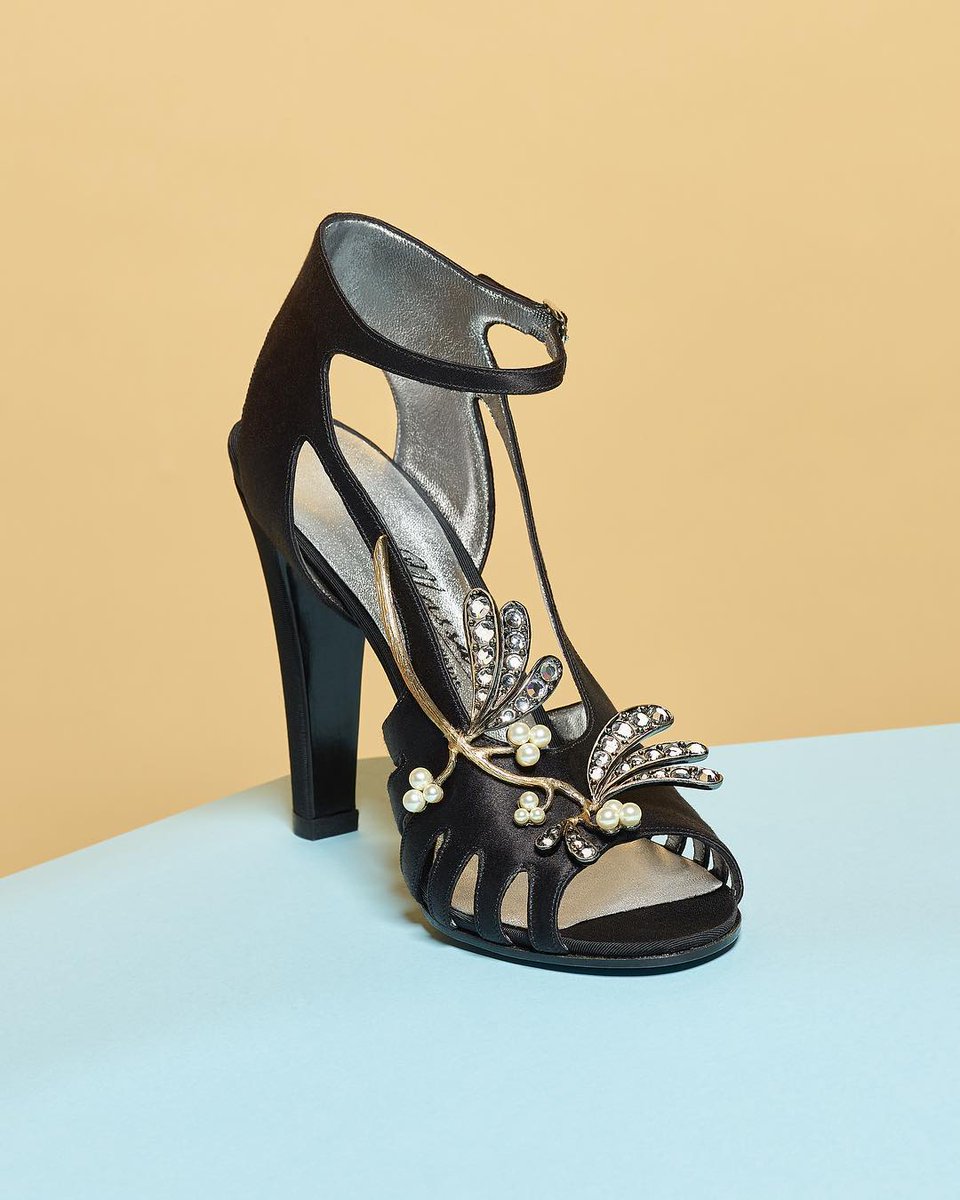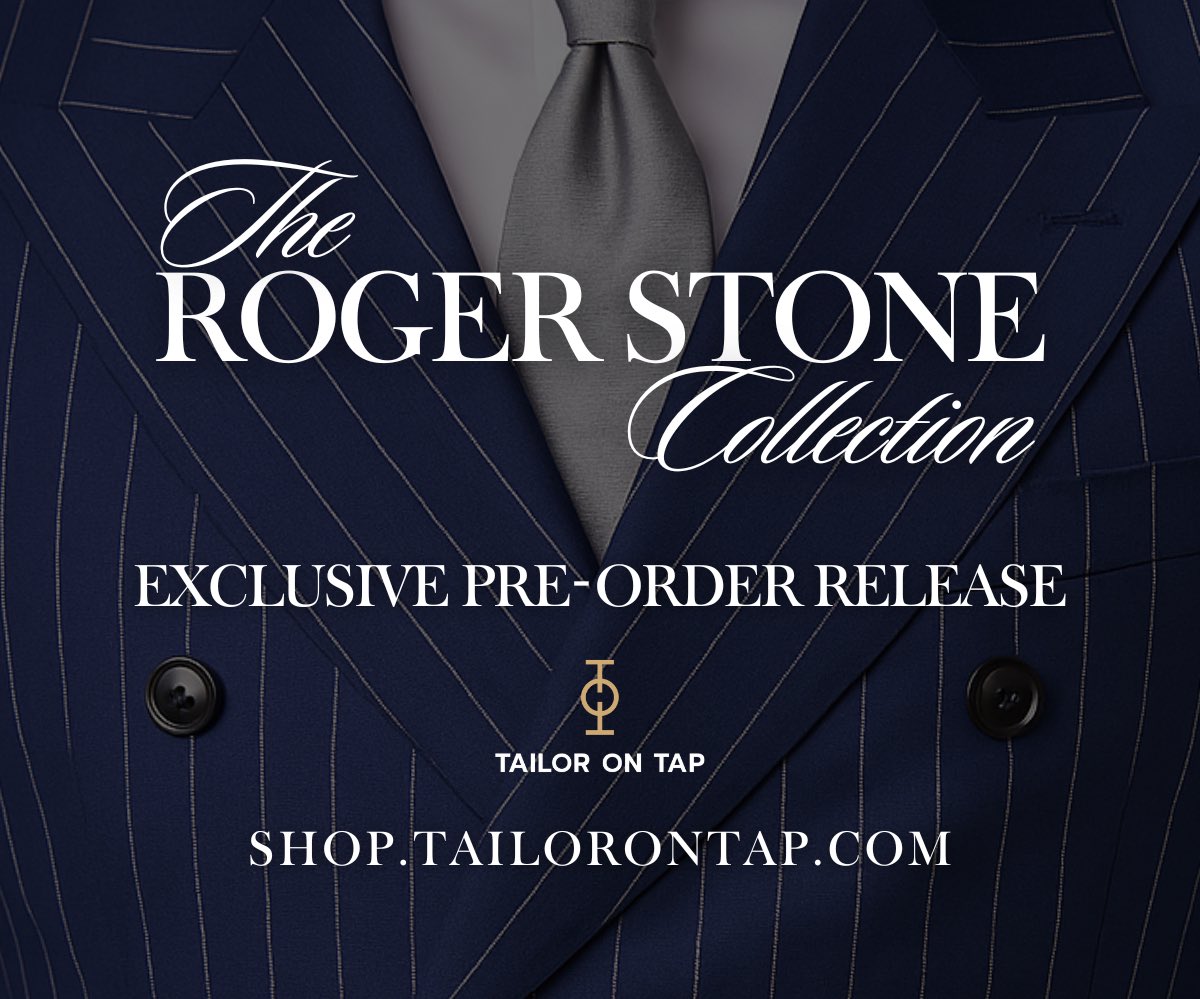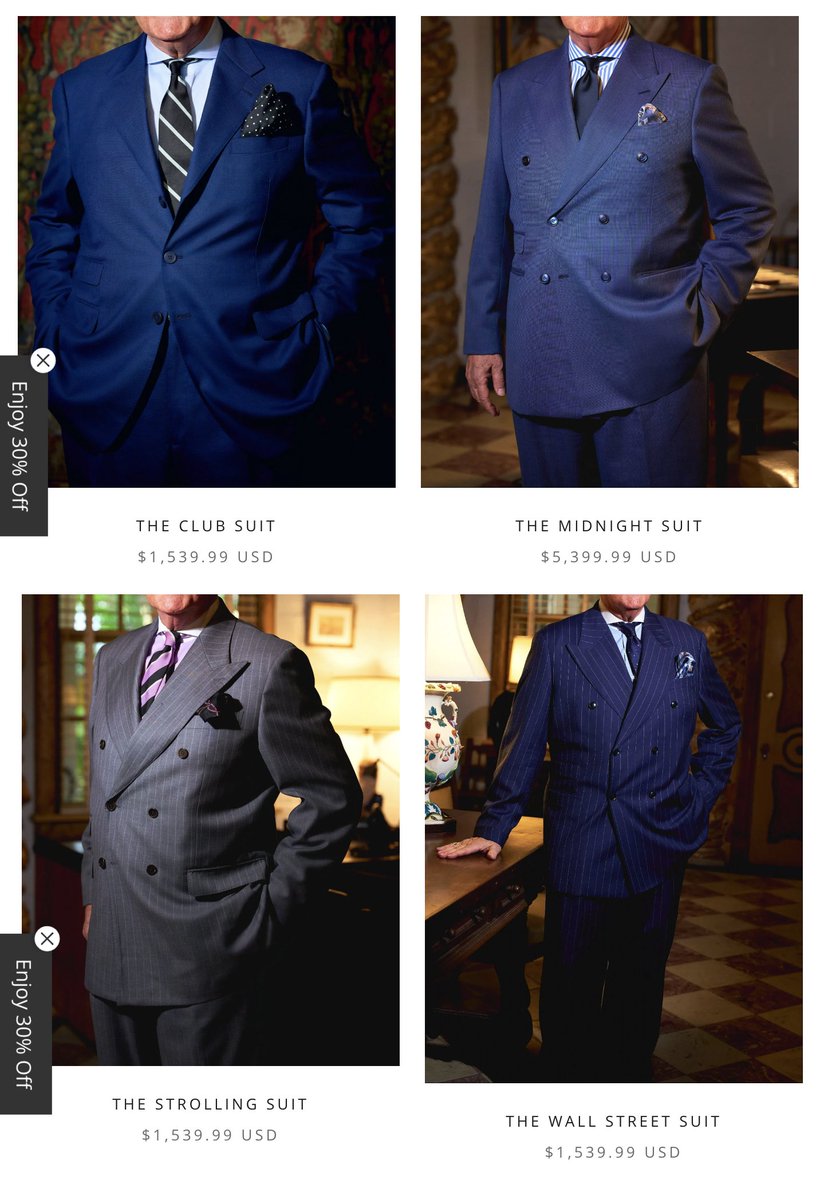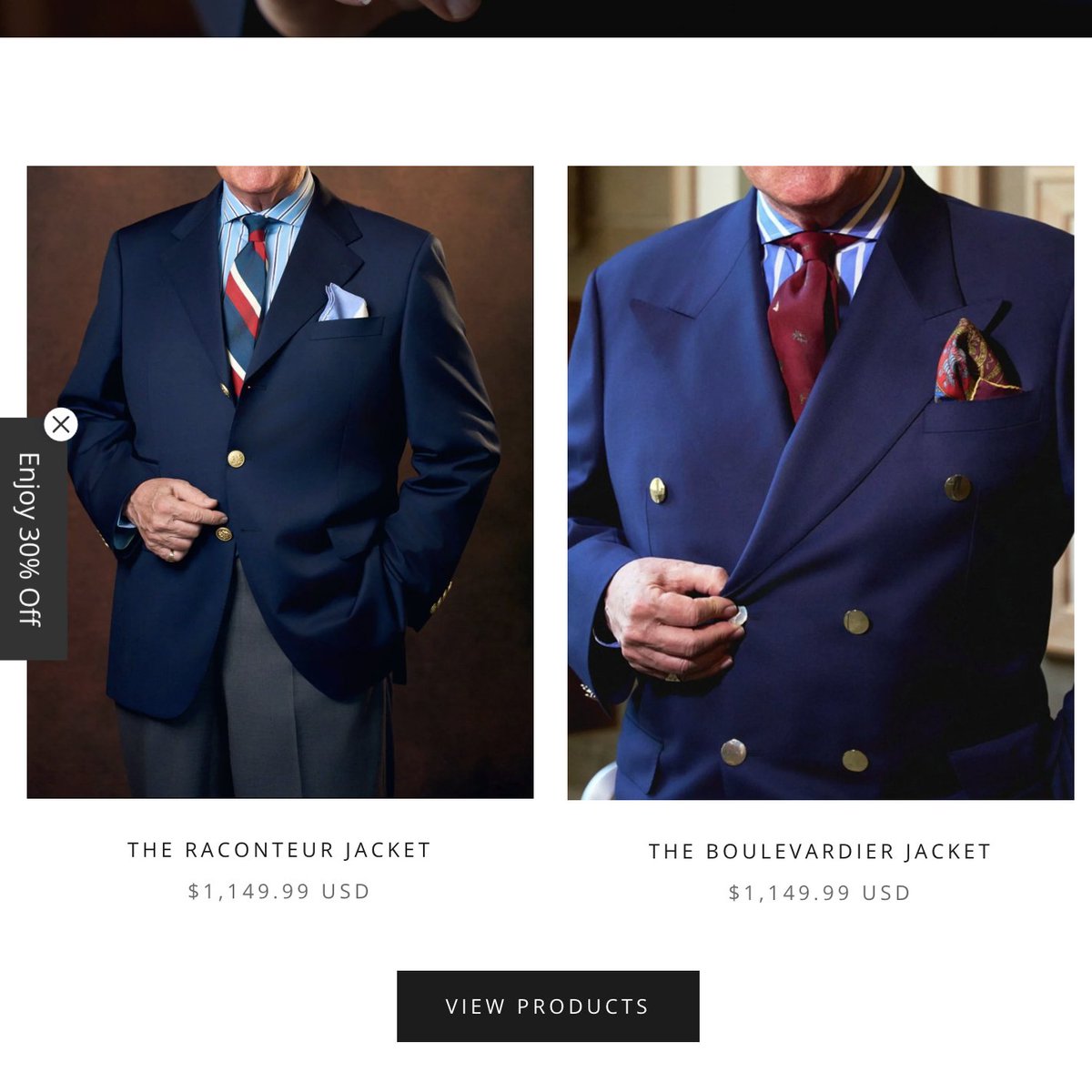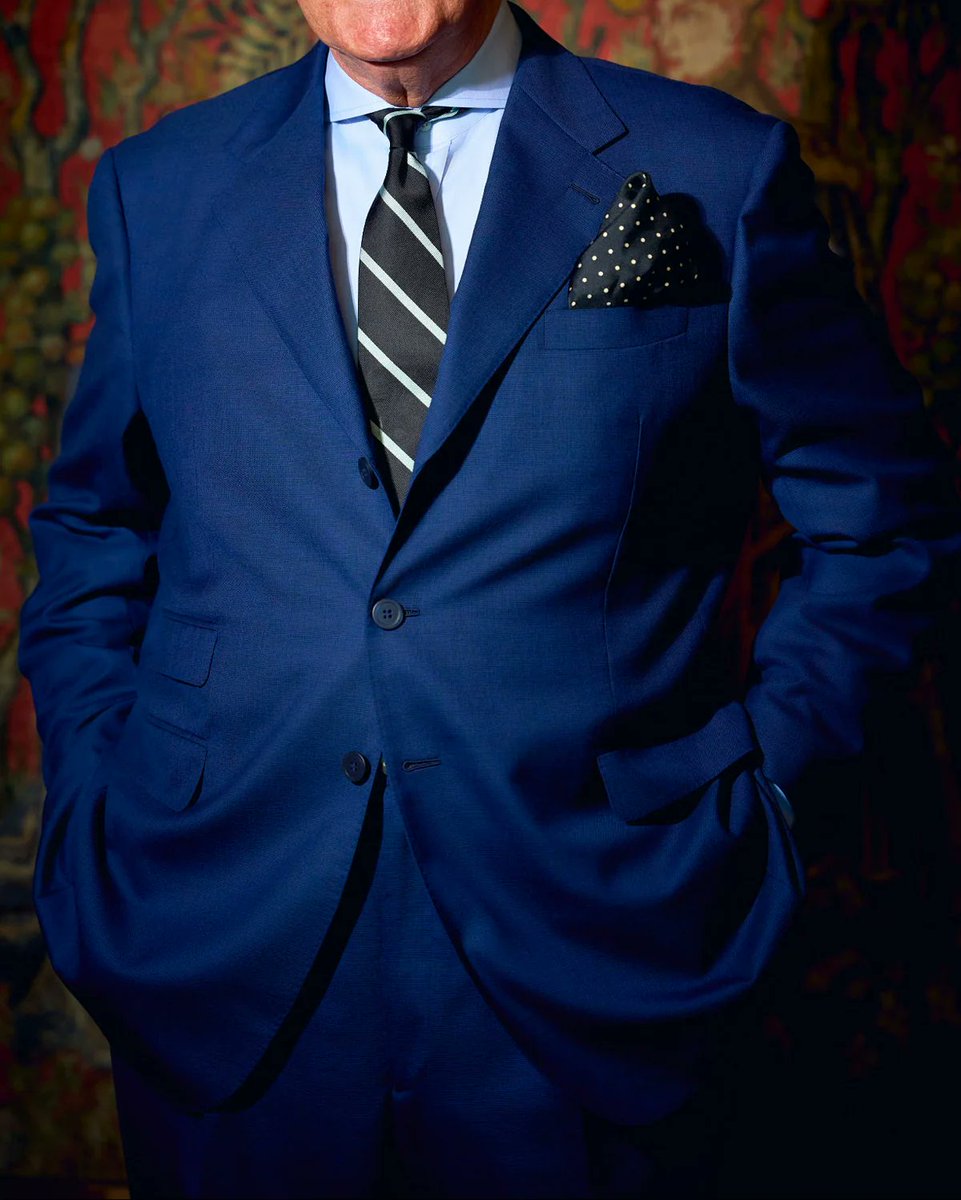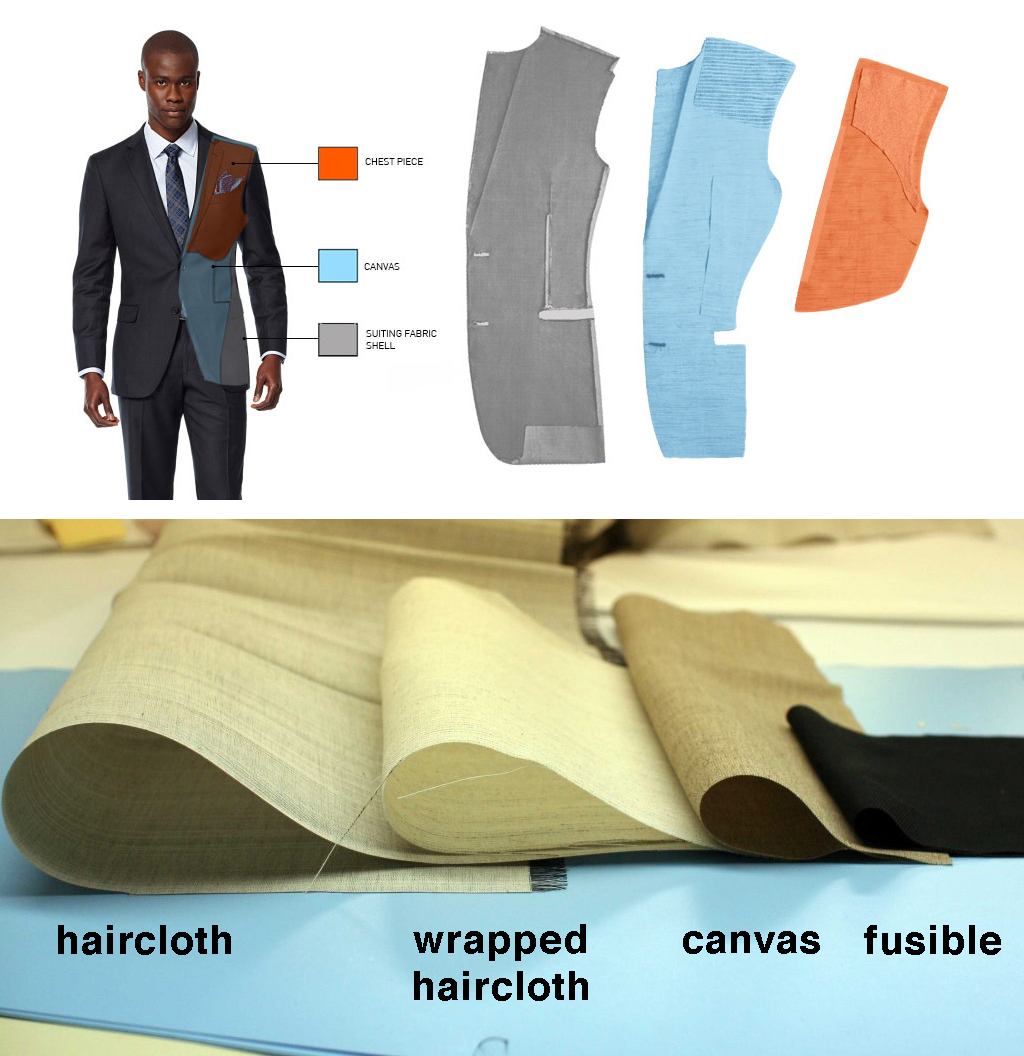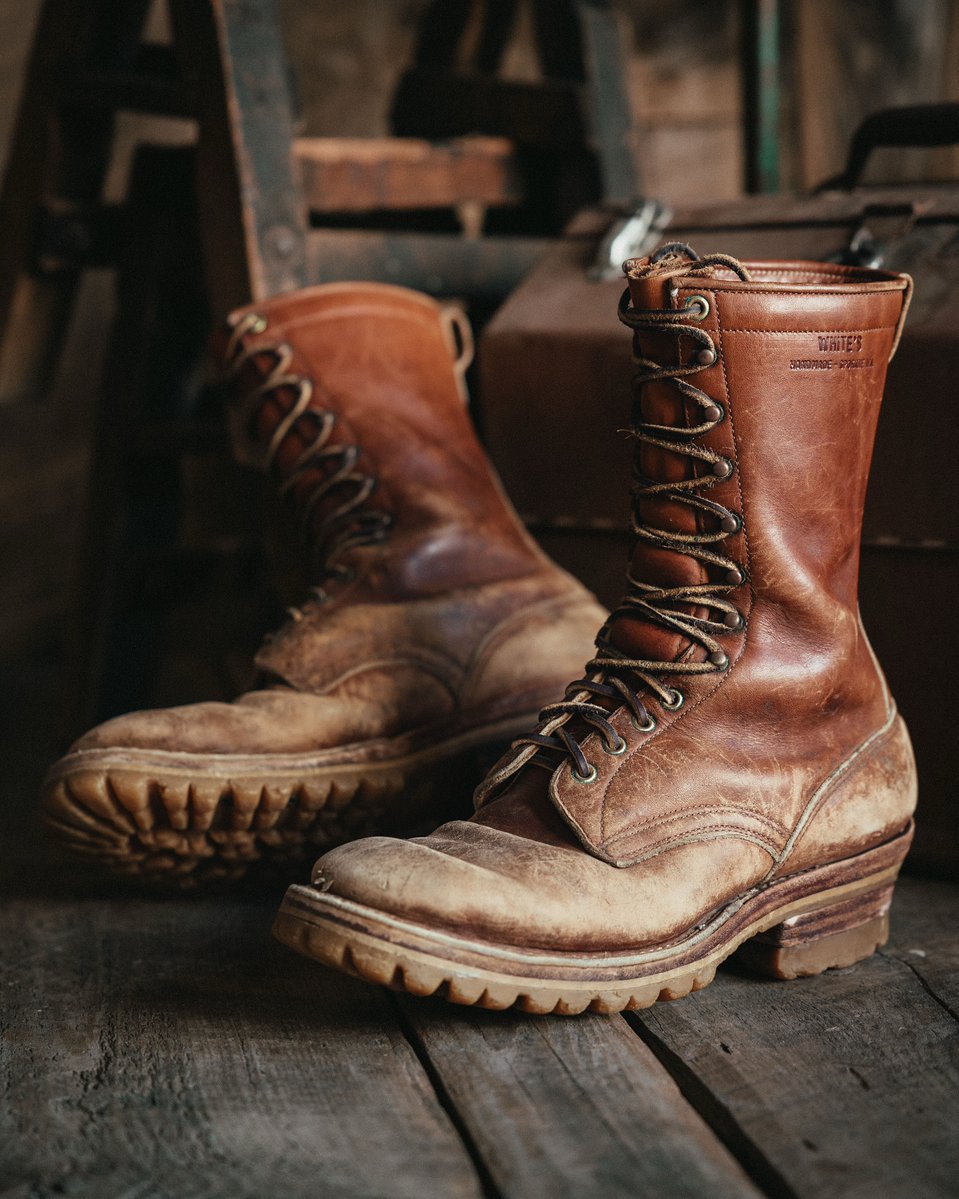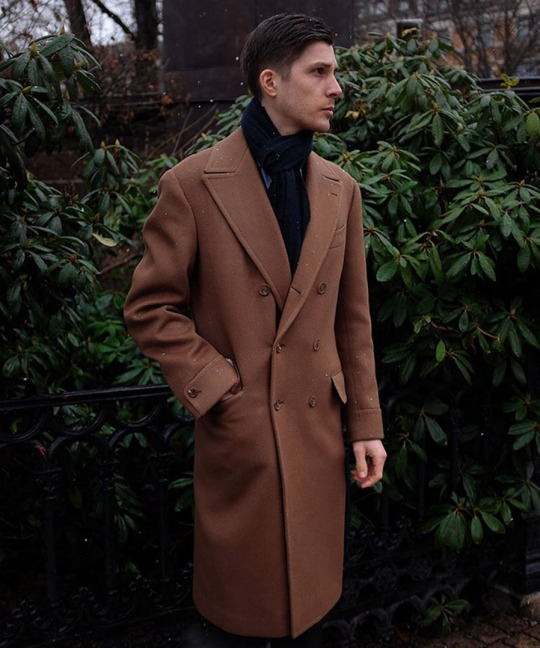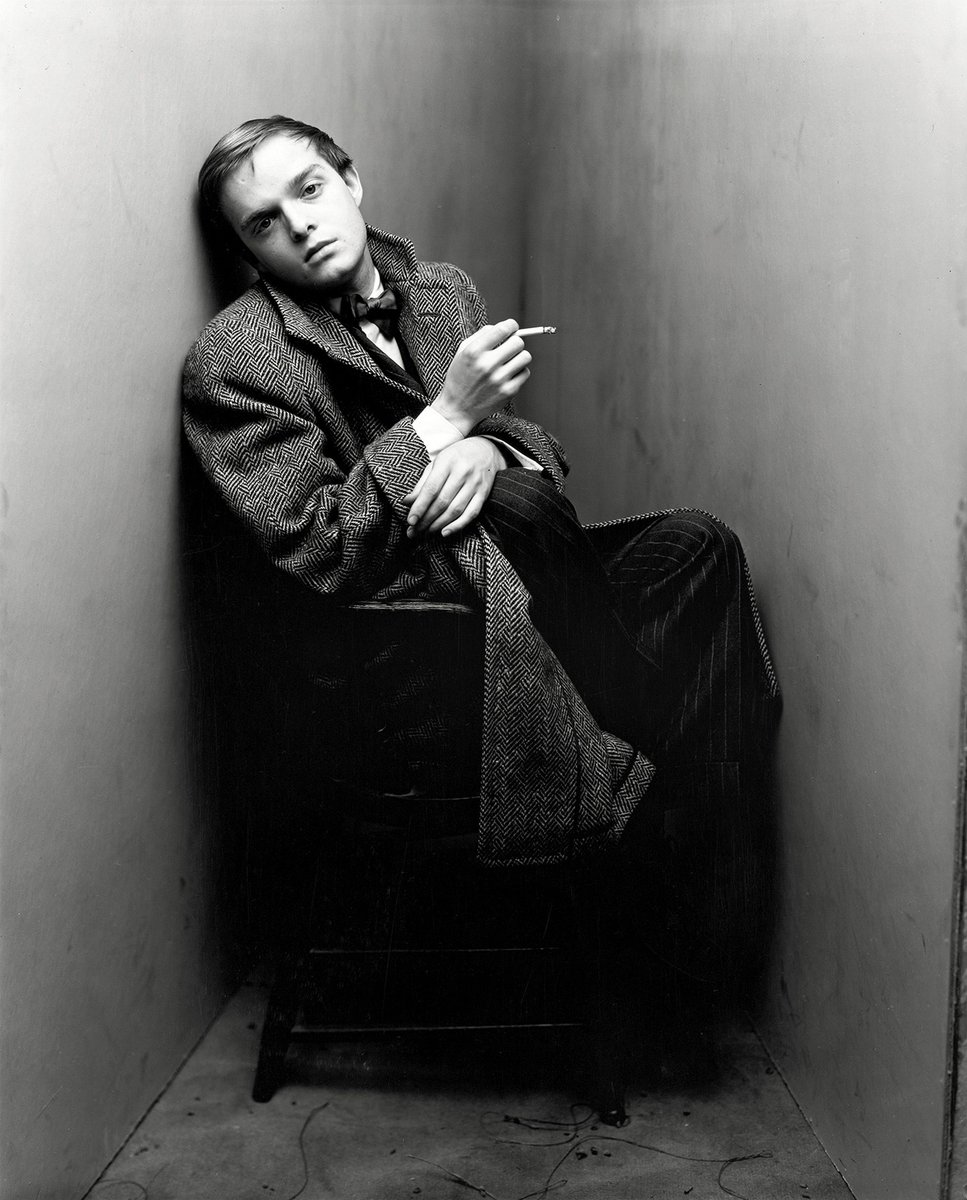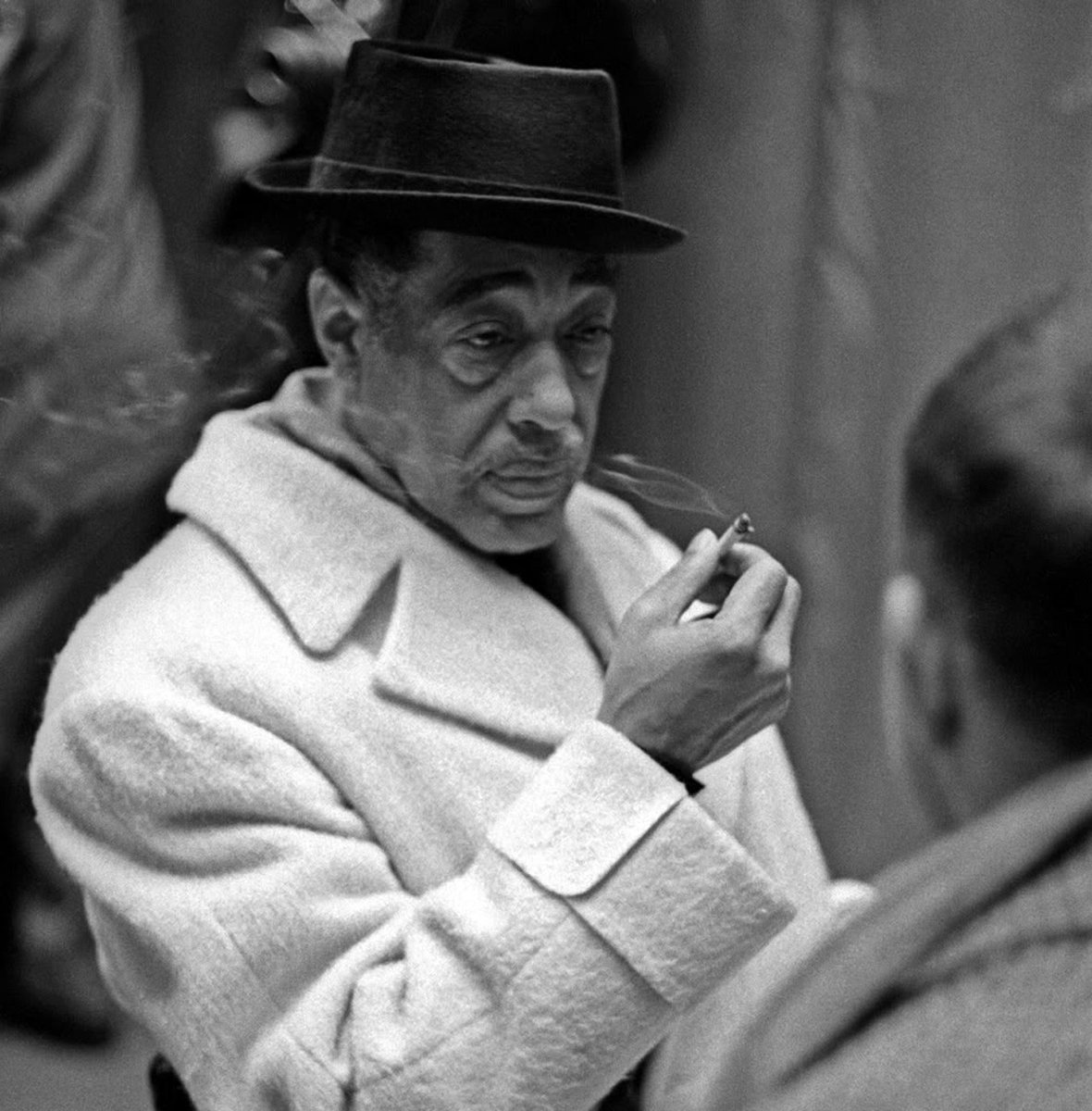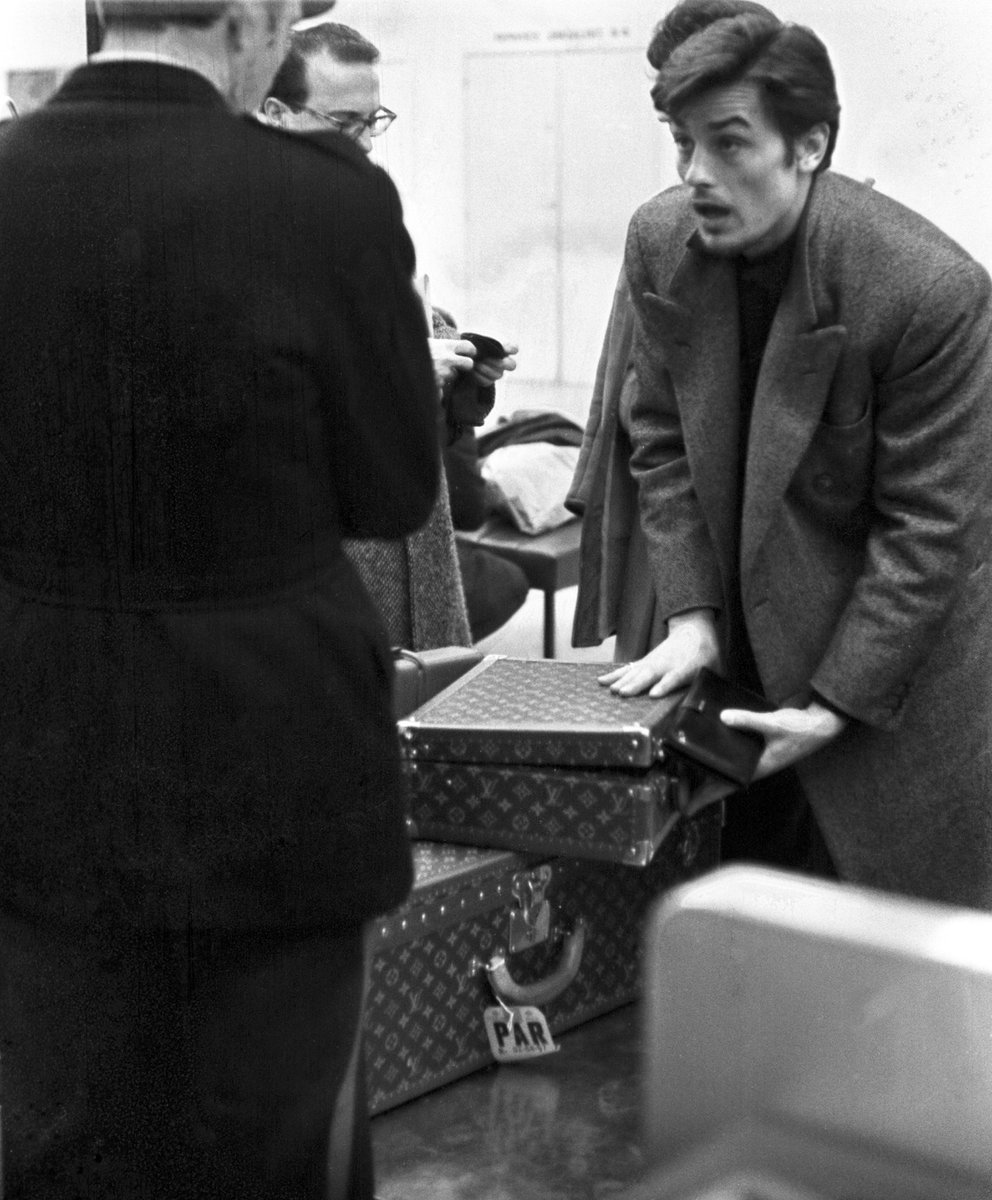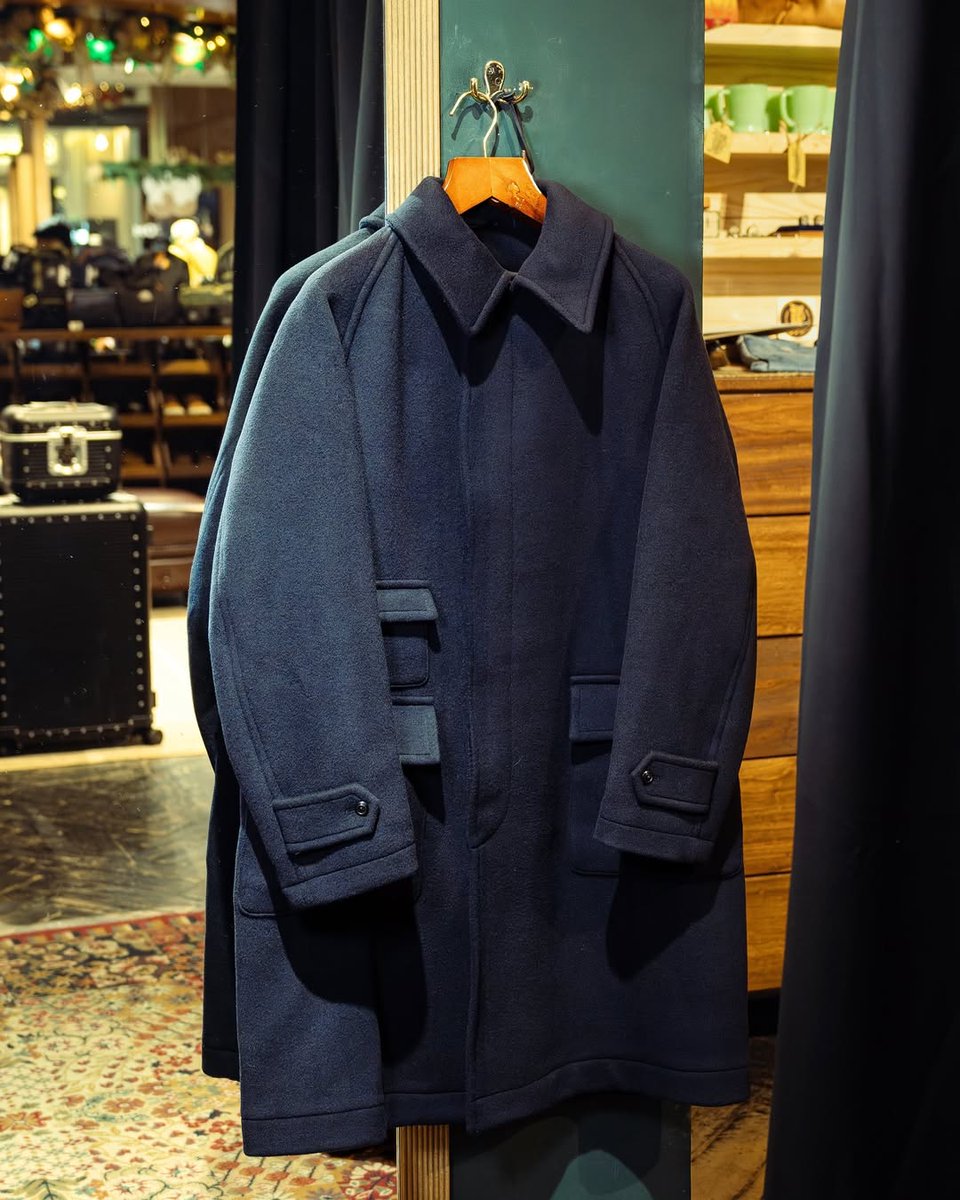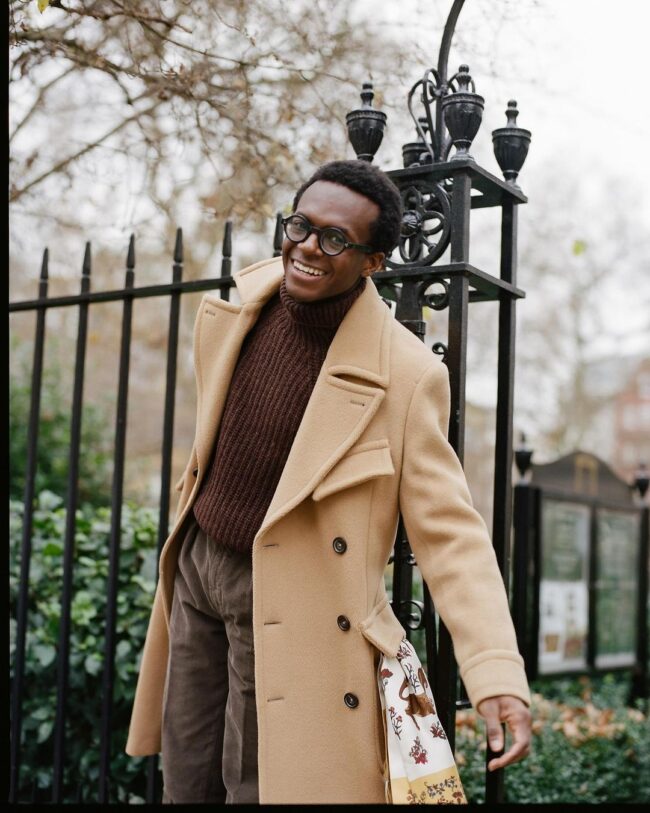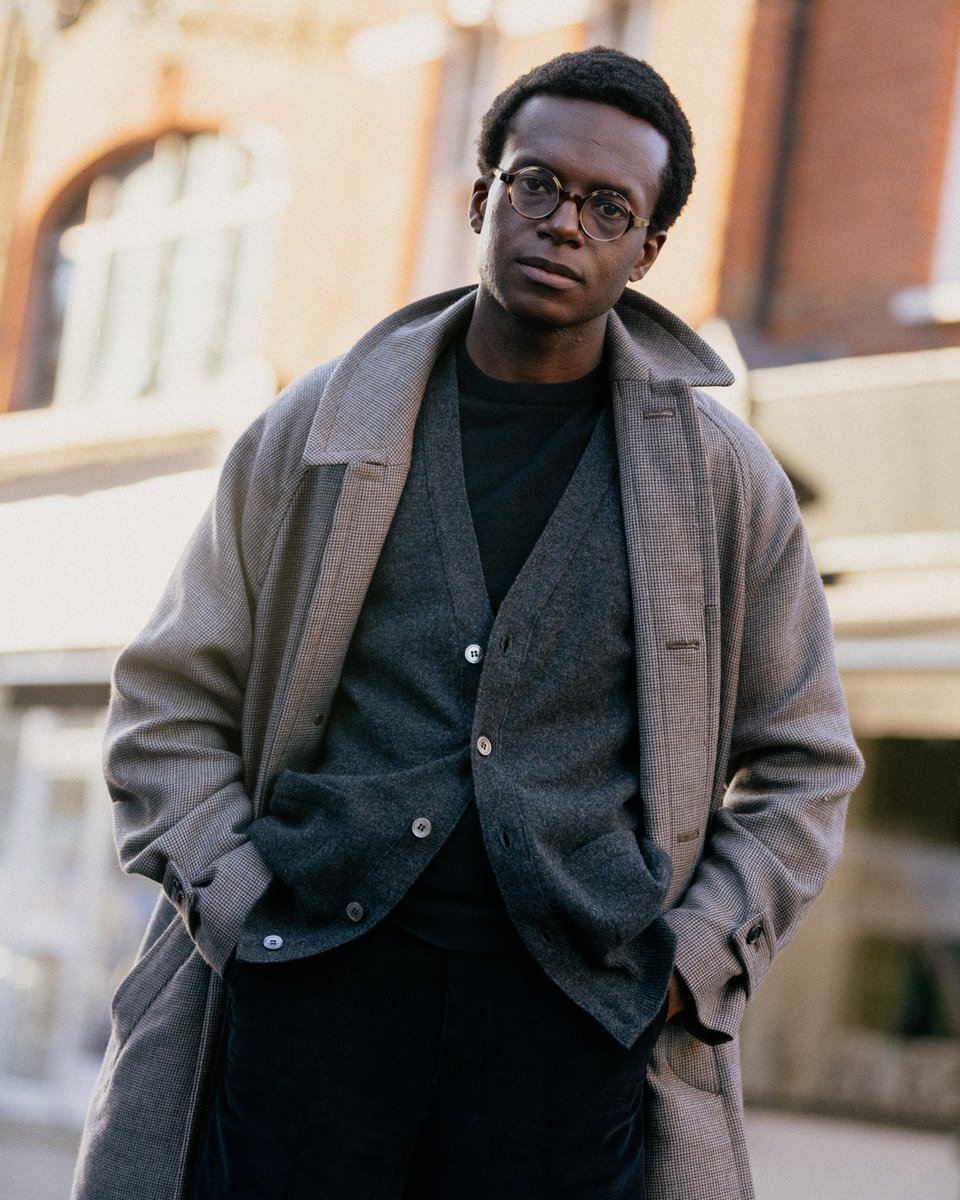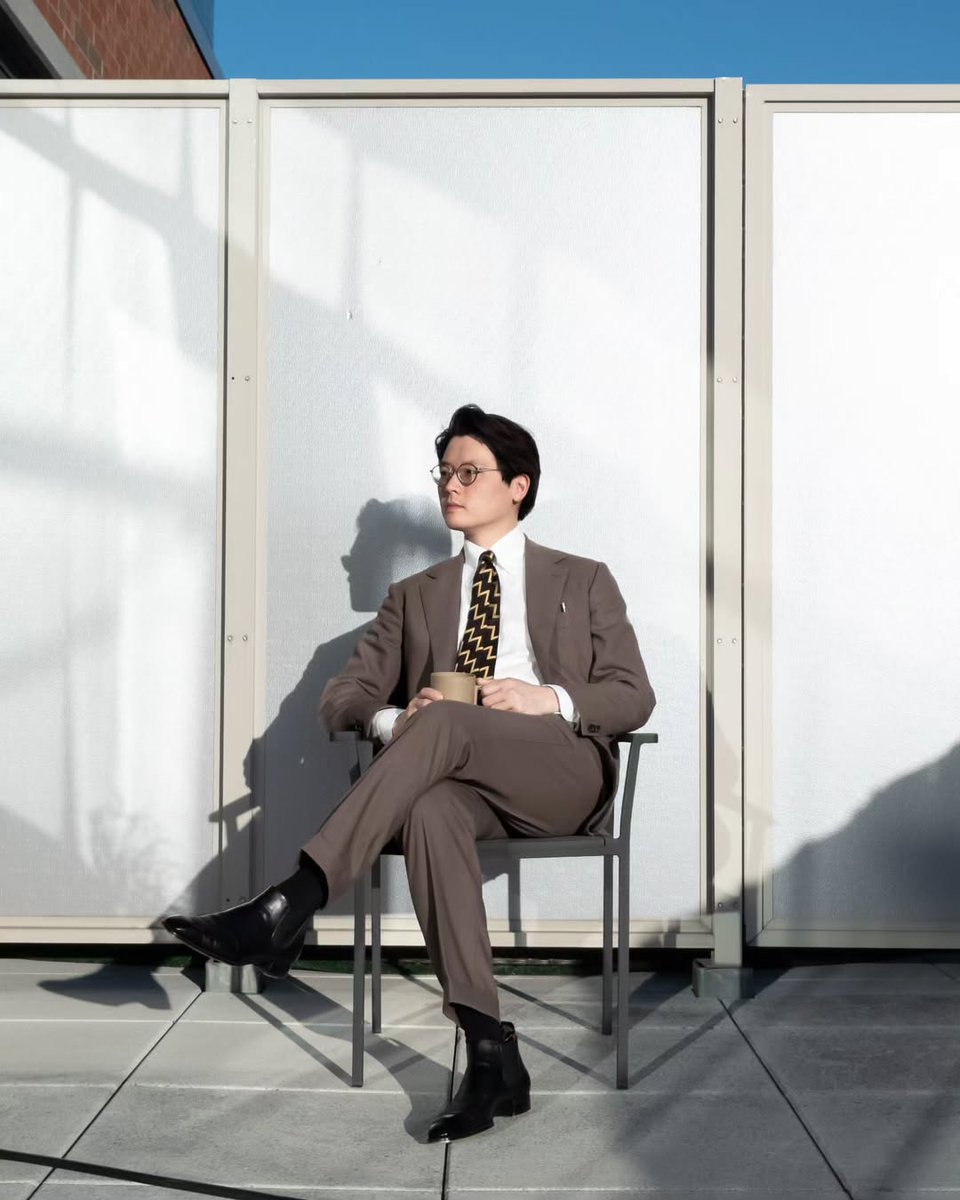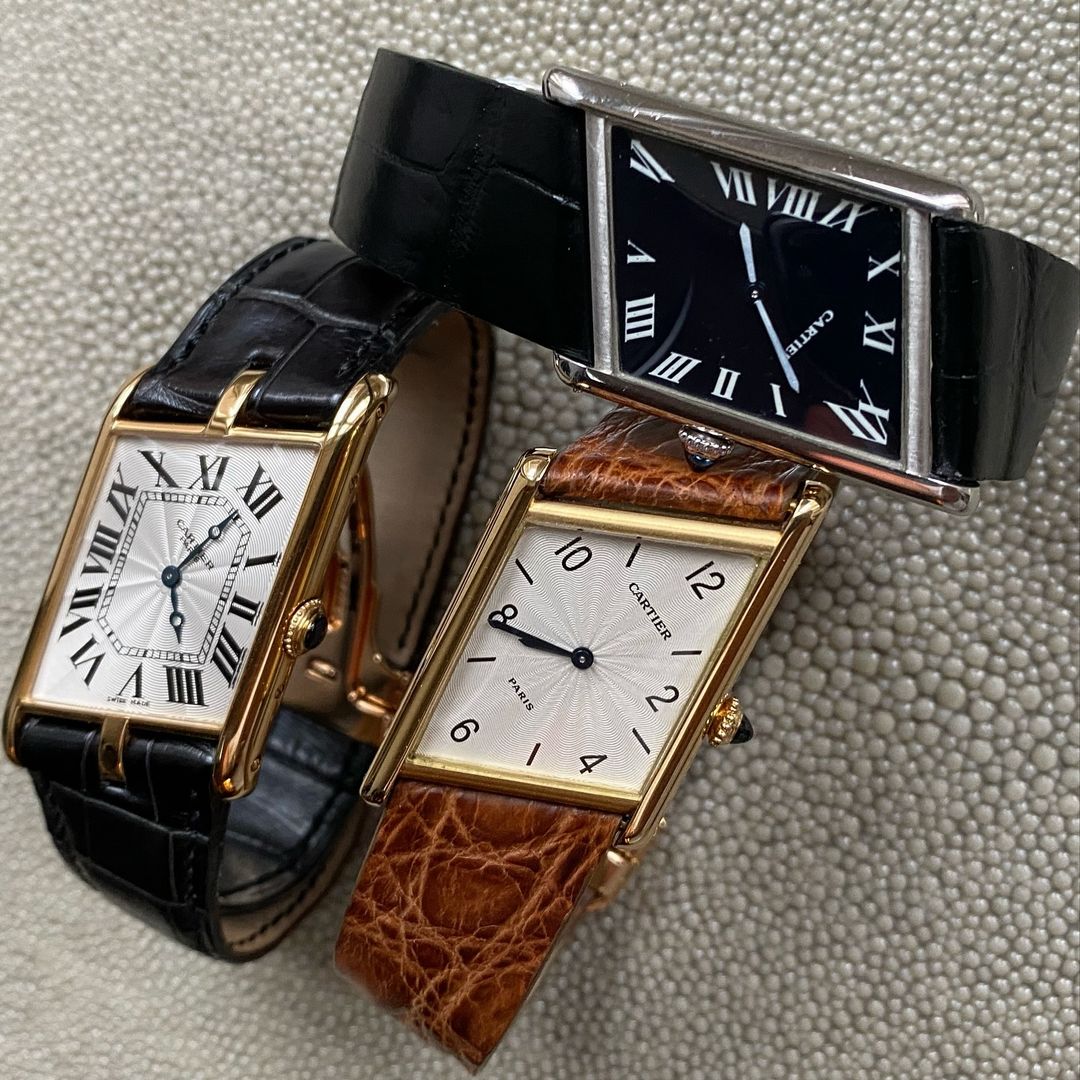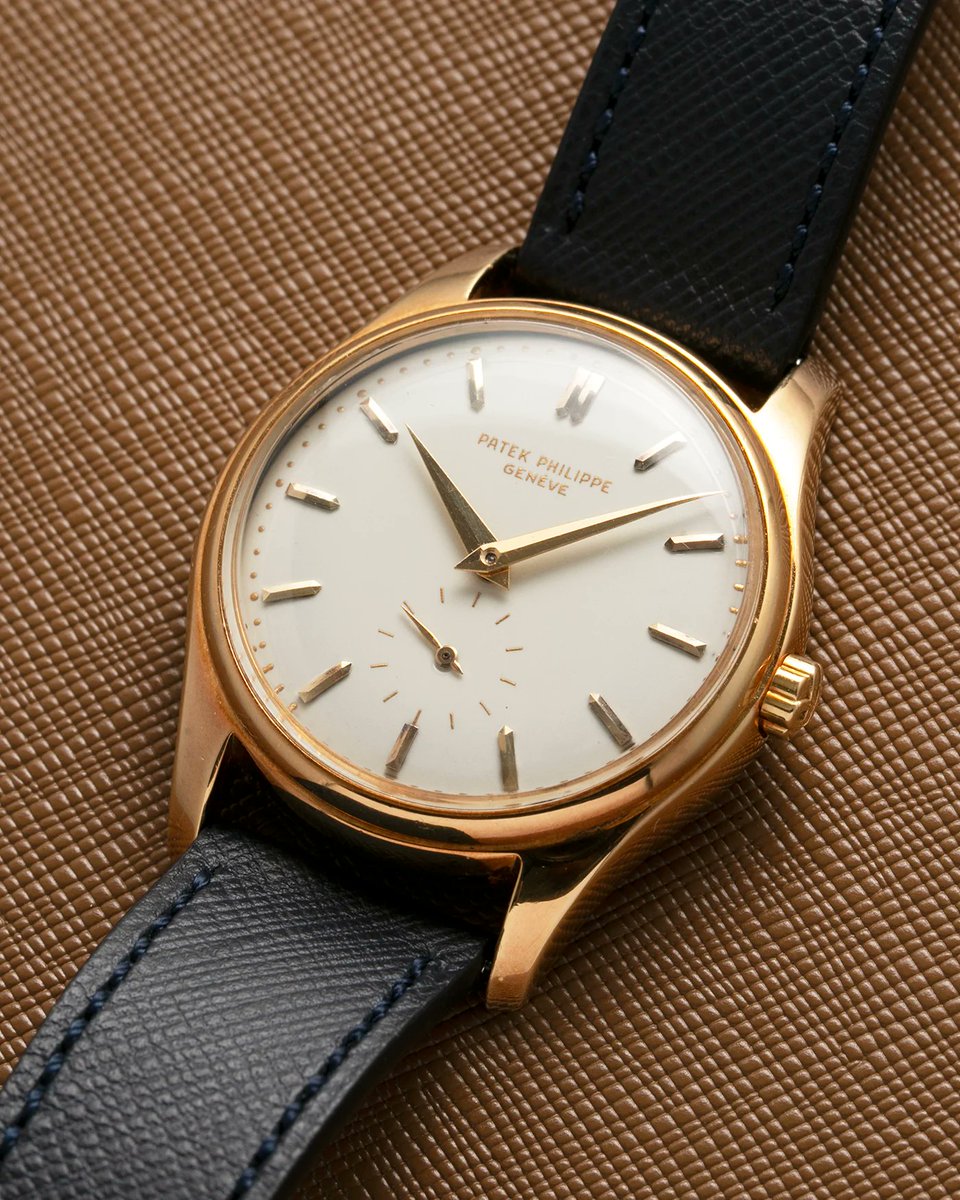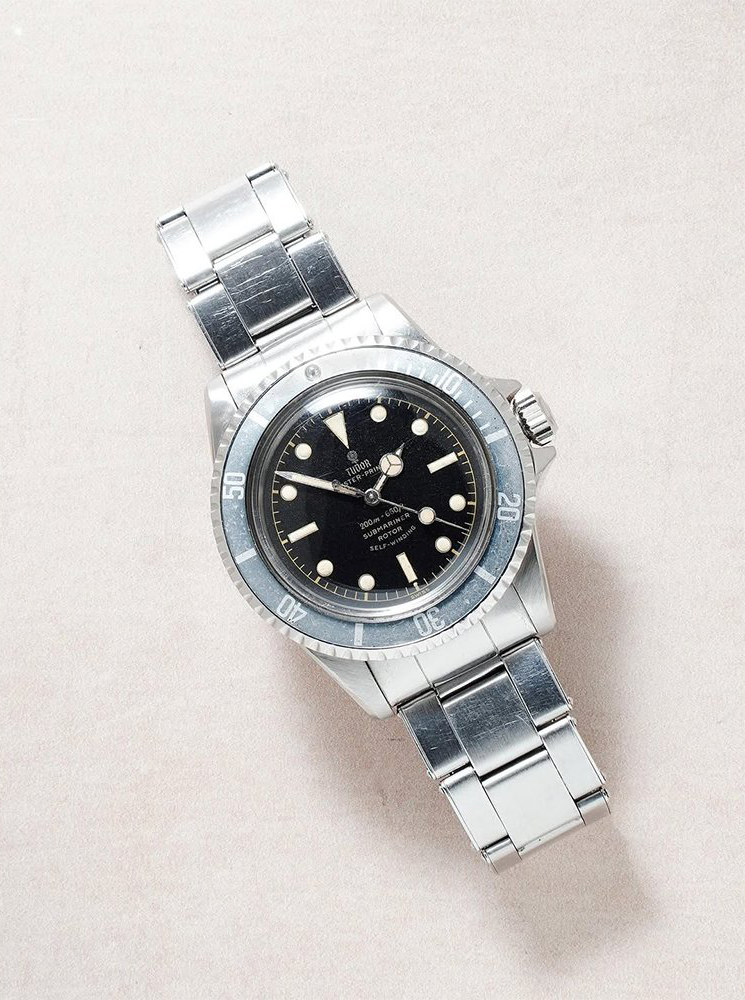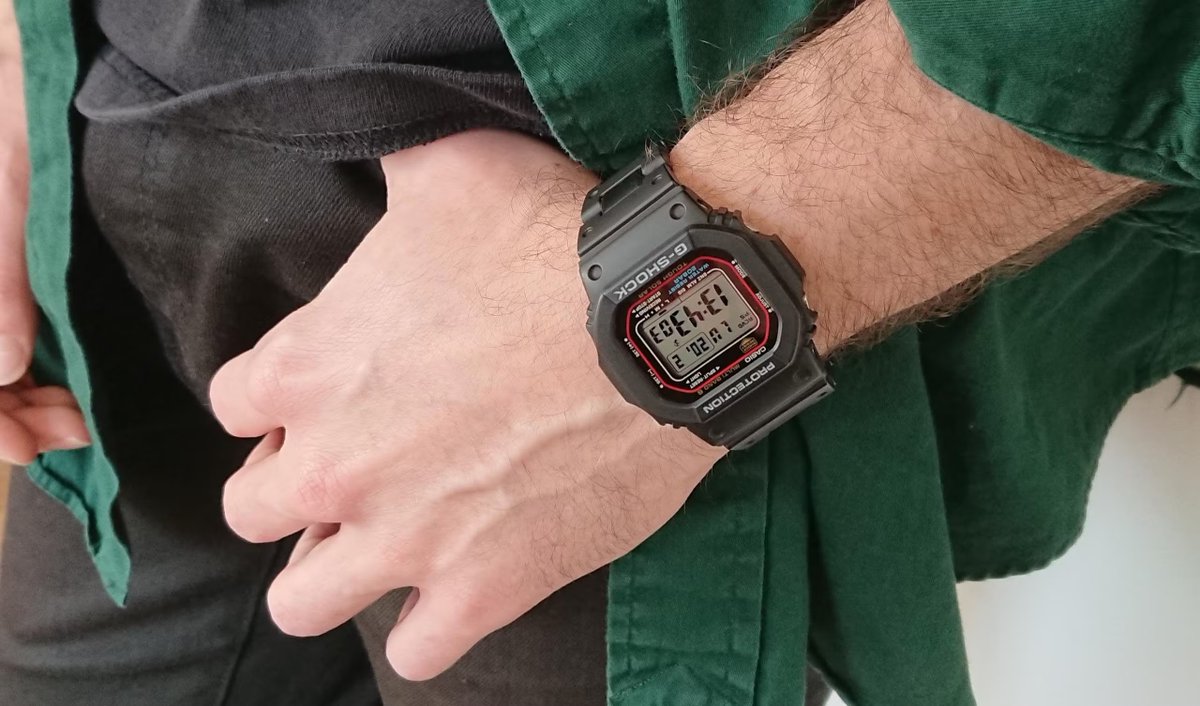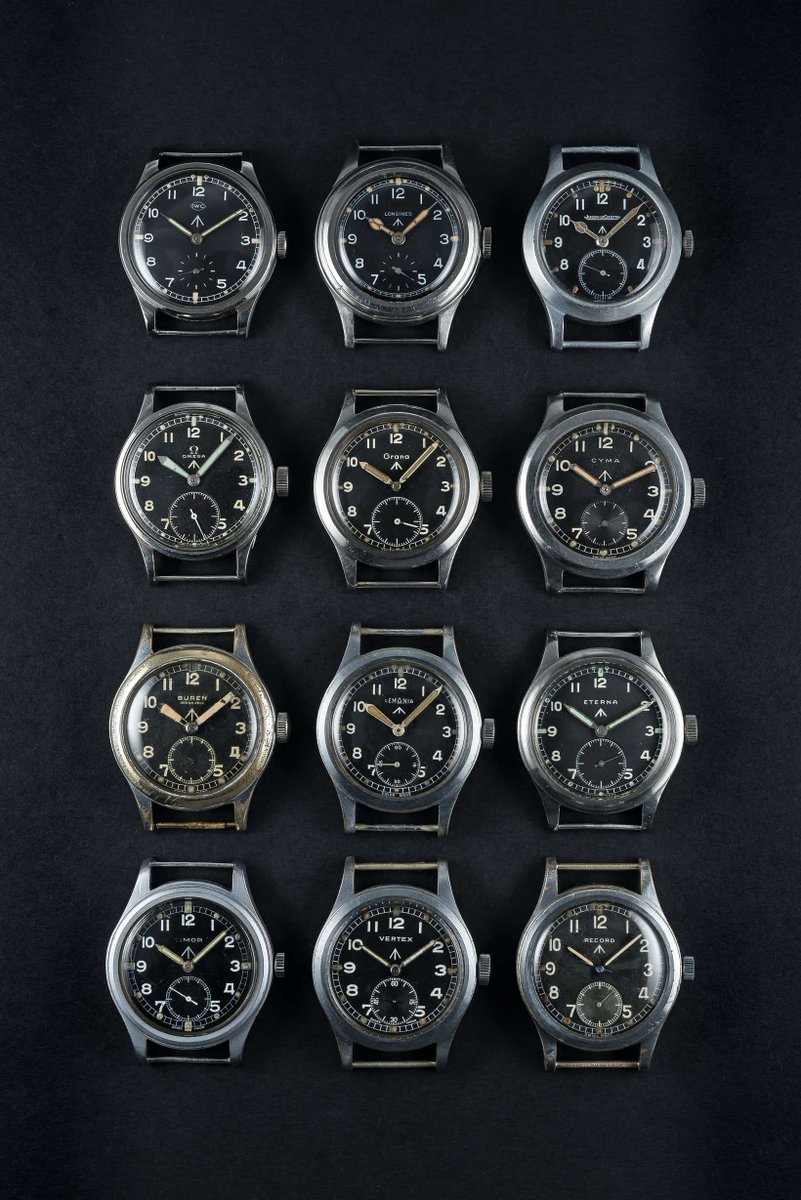HOW TO TELL IF SHOES ARE WELL-MADE
One of these shoes costs $150. The other costs $1,285.
Can you tell which is which? 🧵


One of these shoes costs $150. The other costs $1,285.
Can you tell which is which? 🧵


In 2018, the discount shoe retailer Payless bet that most people couldn't. They pulled off an elaborate prank, where they started a luxury shoe brand called Palessi (designed by a made-up Italian designer named Bruno Palessi). 

Then they set up a store in an upscale mall, stocked the shelves with regular Payless shoes, and invited fashion influencers for a launch party. No surprise, the influencers fell for it, some buying $35 shoes for $645, swooning about the quality of this fake luxury brand.
So how can you tell if shoes are well-made? For this thread, I am only focusing on men's leather shoes. The following info doesn't apply to sneakers, women's shoes, or very casual shoes, such as sandals. We're talking about things like men's boots, loafers, oxfords, and such. 
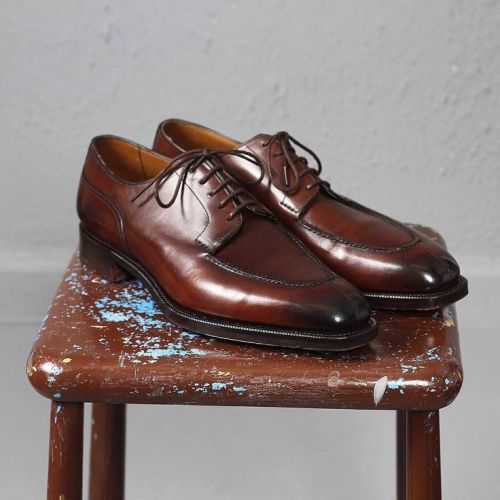
The most critical part of a shoe is how the sole has been attached to the uppers. Cheap shoes will have soles that have been glued on. Better shoes will have soles that have been stitched on in some way, either through a Goodywear welt or Blake stitch. The best are handwelted. 
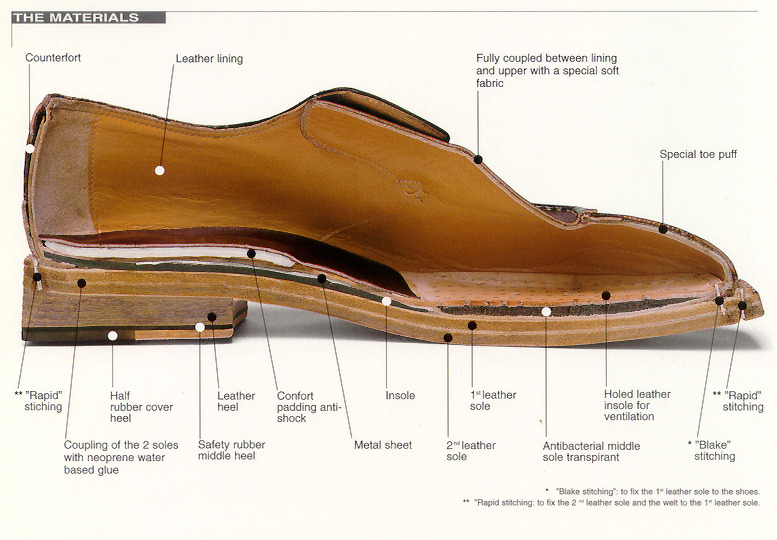
When shoes have soles that have been sewn on, they're easier to resole. This means that, when the soles wear down, you don't have to throw away the entire shoe. You just bring them to a cobbler and then put on new soles, like you might put new tires on an old car. 
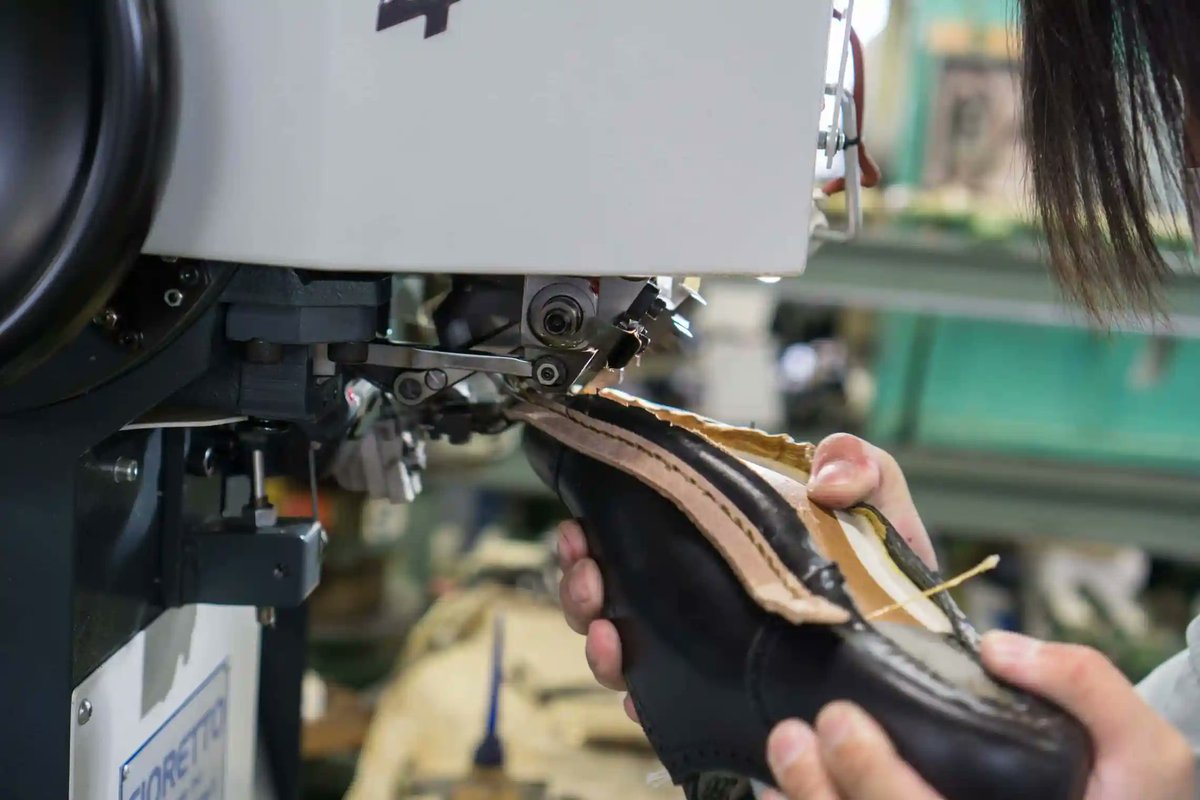
A Goodyear welt is what you'll mostly see in high-end shoes. It's durable and fairly waterproof. Blake stitching is thinner and lighter, but less water resistant (often used for Italian loafers). Handwelted is the best bc it's more durable. However, it's also very expensive. 

When shoes are made with a Goodyear welt, they have a cavity between the sole and uppers. This cavity is filled with a mixture of cork and glue. Together with the full leather insole, this ends up forming a footbed as you wear the shoes, making them personalized and comfy. 
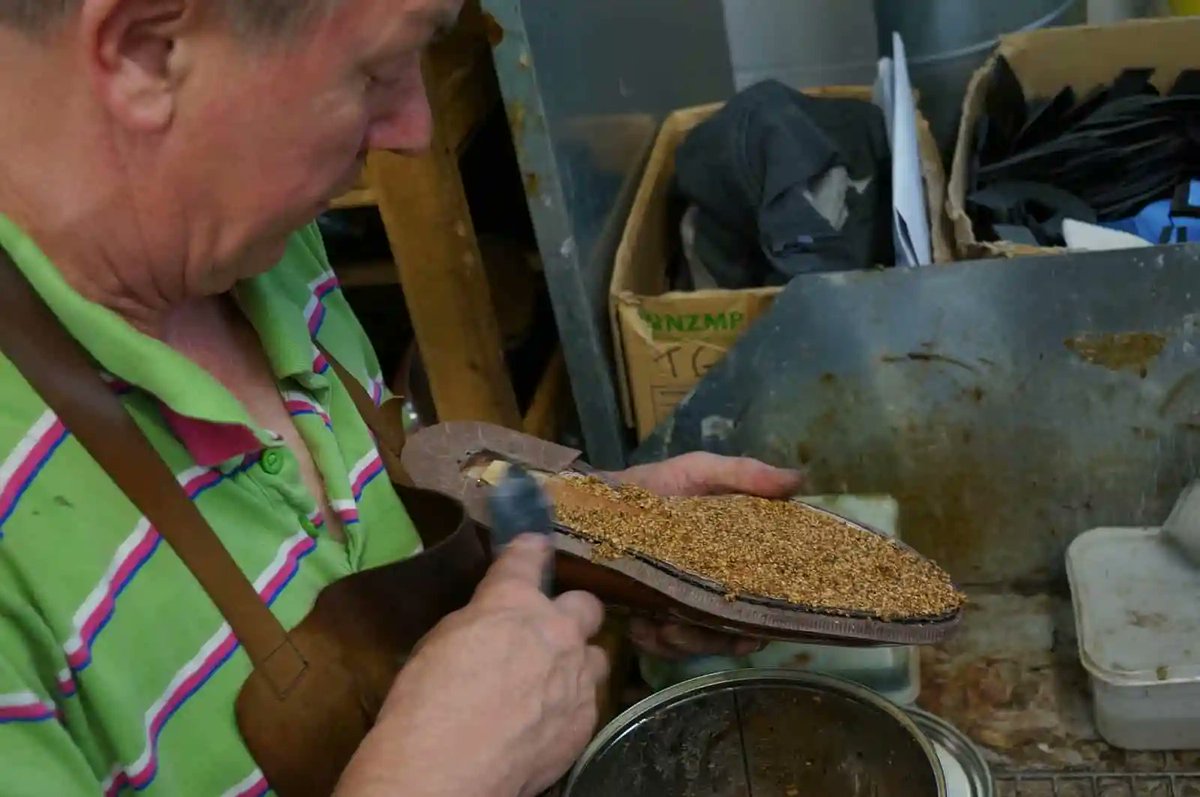
Cheaper shoes won't have this. Since the soles have been glued on, there's no cavity for a cork filling. Additionally, many are made with a foam-padded insole. This makes this feel more comfy straight out of the box, but the foam never forms a footbed—it only breaks down.
OK, so we've covered the sole. Let's look at the next major part: the uppers.
At the most basic level, high-end shoes will be made from full grain leather, which means the leather shows the natural grain of the hide.
At the most basic level, high-end shoes will be made from full grain leather, which means the leather shows the natural grain of the hide.
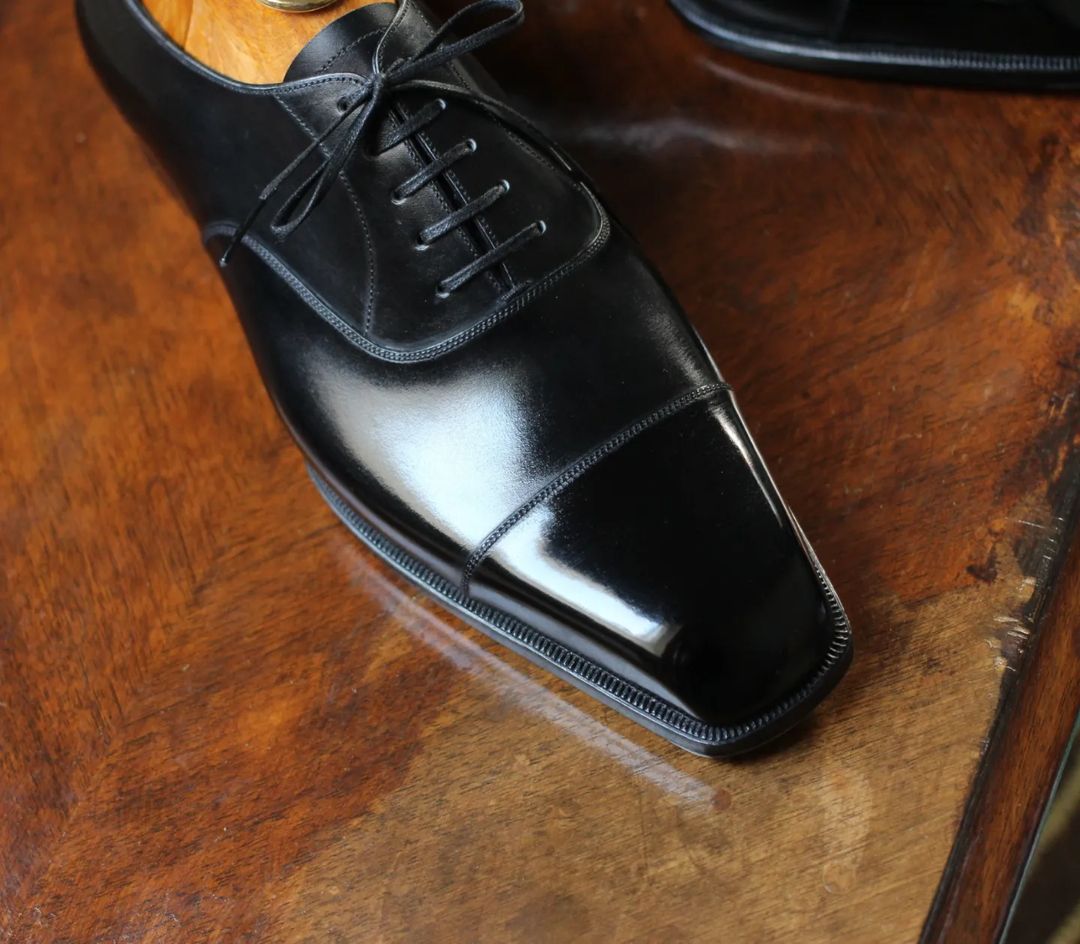
Lower-end shoes will often be made from corrected grain leather, which means the leather was scarred in some way, and the tannery sanded it down to create a uniform surface and then coated it with something to make it look shiny. 
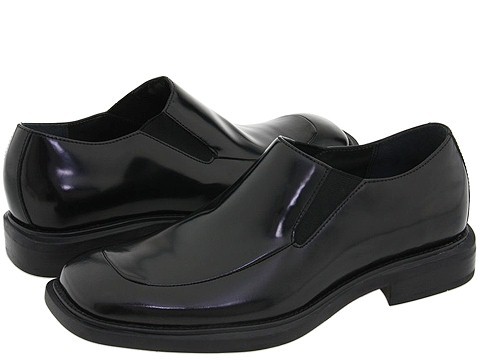
This leather can look nice on day one, but it only gets worse from there. The coating can end up cracking and flaking, and then you eventually throw them away. Compare that with full-grain leather, which takes on a patina. They look better, not worse, with age.


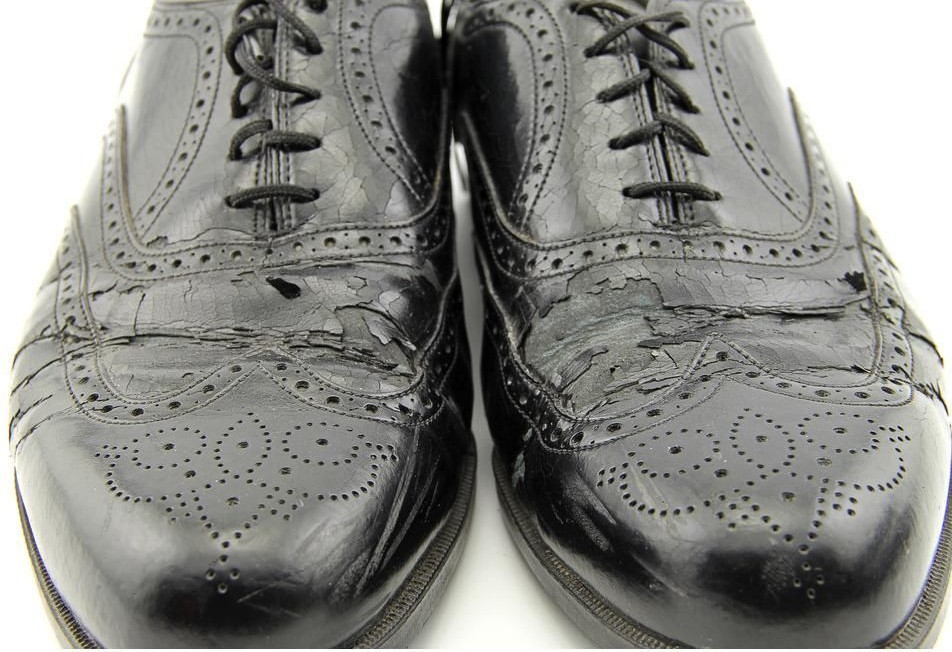

But even with full-grain leather, quality is not guaranteed. How the manufacturer cuts the leather can affect how the shoes age.
(Sorry in advance to fellow animal lovers).
(Sorry in advance to fellow animal lovers).
When you lay out a hide, the leather can look uniform, but hidden beneath the surface is the fiber structure. The leather closer to the animal's spine will be very tight. The leather closer to the belly and shoulders will be less compact. 

For this reason, a quality manufacturer should only cut from the best parts of the hide when making the uppers. But to save costs, many will try to get as many shoes as they can out of a hide, which means using parts closer to the shoulder and belly.
Depending on the tannage and cutting, this can result in something called "loose grain," where the wrinkles are very pronounced. Not a big deal on work boots—perhaps even more authentic, as that's how work boots were historically made. But you don't want this on fine dress shoes.




There are some other differences in terms of quality, but they're harder to spot, even after you've worn the shoes for a while. For one, cheap shoes use plastic stiffeners at the toe and heel, whereas the best shoes will use leather stiffeners, which are easier to repair.
The best shoes will also be made with stacked leather heels, where the heel is built up from individual layers of leather. Cheaper shoes will be made with just two parts: a leather top piece and then a chunk made from fiberboard leather. 
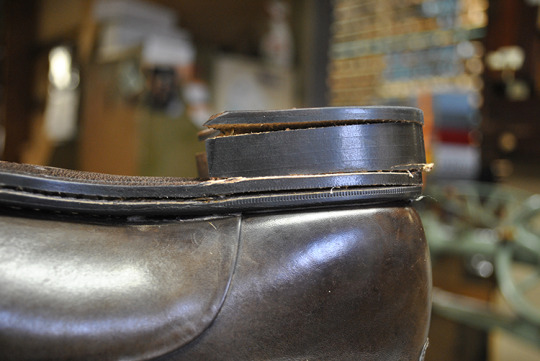
Fiberboard leather is like the leather version of particleboard. The heel is essentially made up of powdered leather and glue. It superficially resembles a stacked leather heel, but it's less durable. A cobbler also once told me he thinks it sounds more echo-y when you walk.


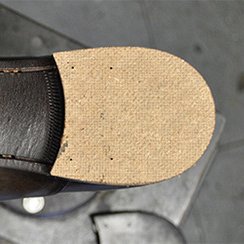
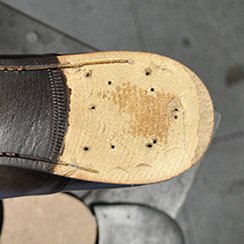
OK, all this sounds good and interesting, but if you're in a store, how do you know if you're getting a quality leather shoe?
1) Look for a sole that has been sewn on. This can be a bit difficult to spot sometimes, as the stitching can be covered with leather (like below)
1) Look for a sole that has been sewn on. This can be a bit difficult to spot sometimes, as the stitching can be covered with leather (like below)
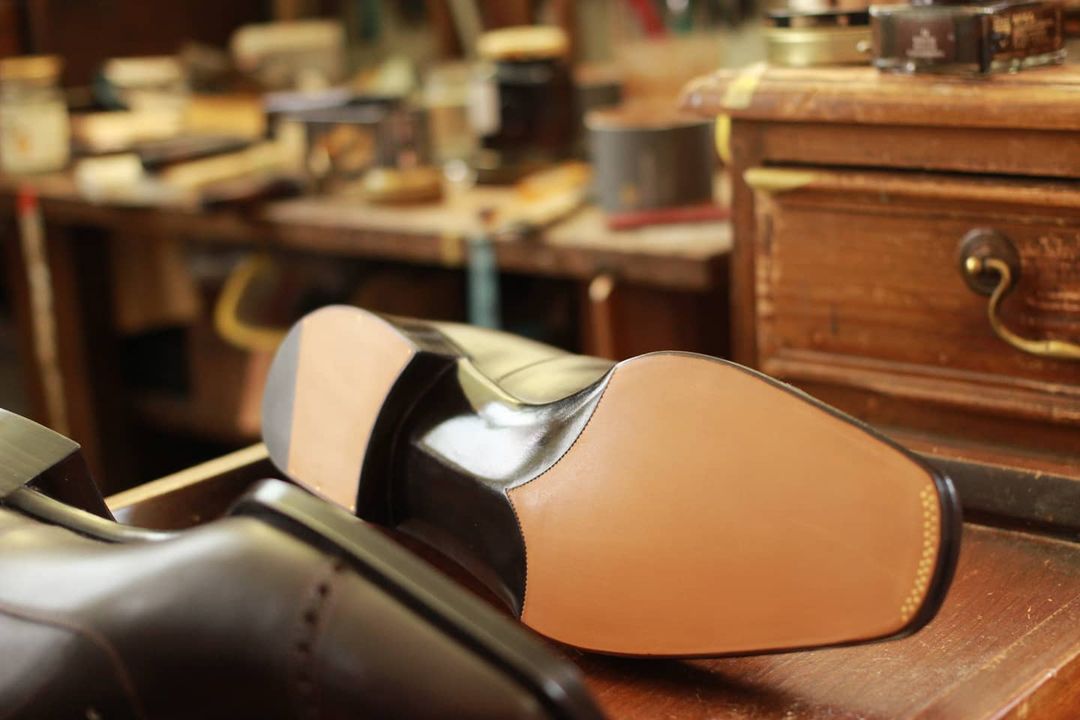
2) Look for full-grain leather. Although, this is not perfect either, as sometimes a very plastic-y looking shoe could be shell cordovan (a very high-end material) or patent leather. Or you could be looking at country grain, which is a good type of "corrected grain." 
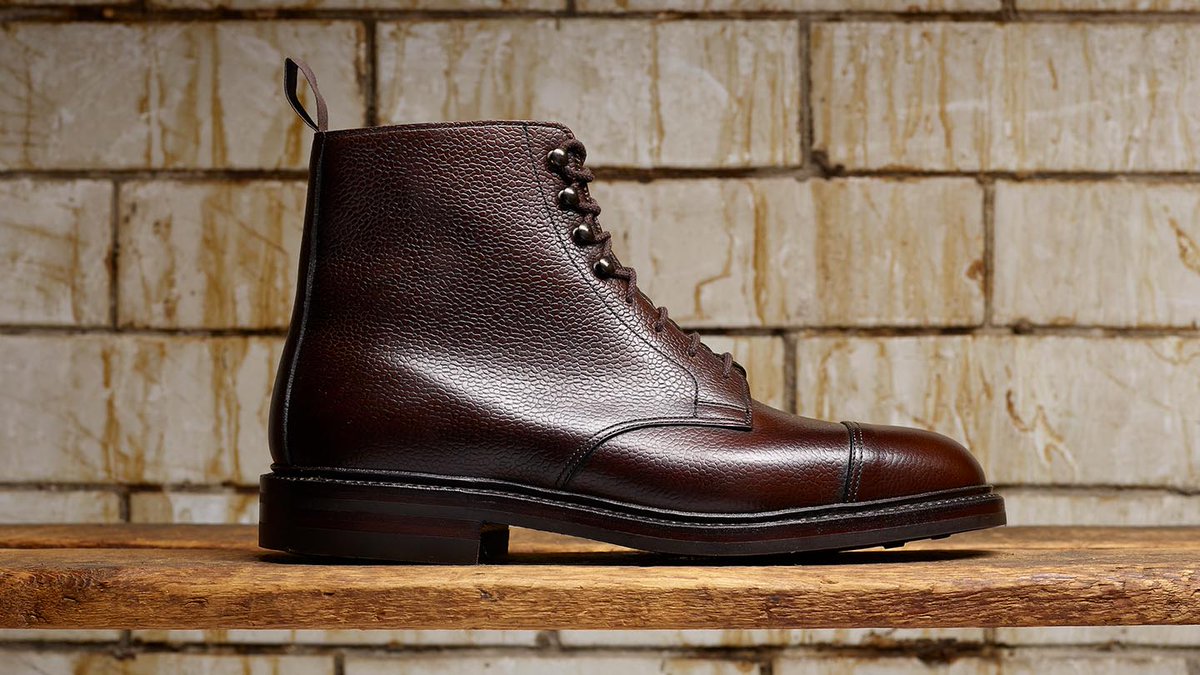
The reality is that it can take some experience to spot these things. I think it's possible (IMO, you should still be able to tell a Payless shoe from a high-end shoe). But for the average consumer, the best marker for quality will be the reputation of the store and shoe brand. 

I will cover high-end men's shoe brands in another thread. In the meantime, I will leave you with this: quality shoes will cost you a few hundred bucks, but they'll last longer. Instead of throwing them away after a few years bc they look old and dingy, you'll WANT to resole them
The leather uppers will age well; they'll take a polish better. The insole will have your footbed, which makes them comfy. This means that good shoes—with occasional resoling and proper care—should last you 15+ years. Look at this transformation. These are the same boots!!


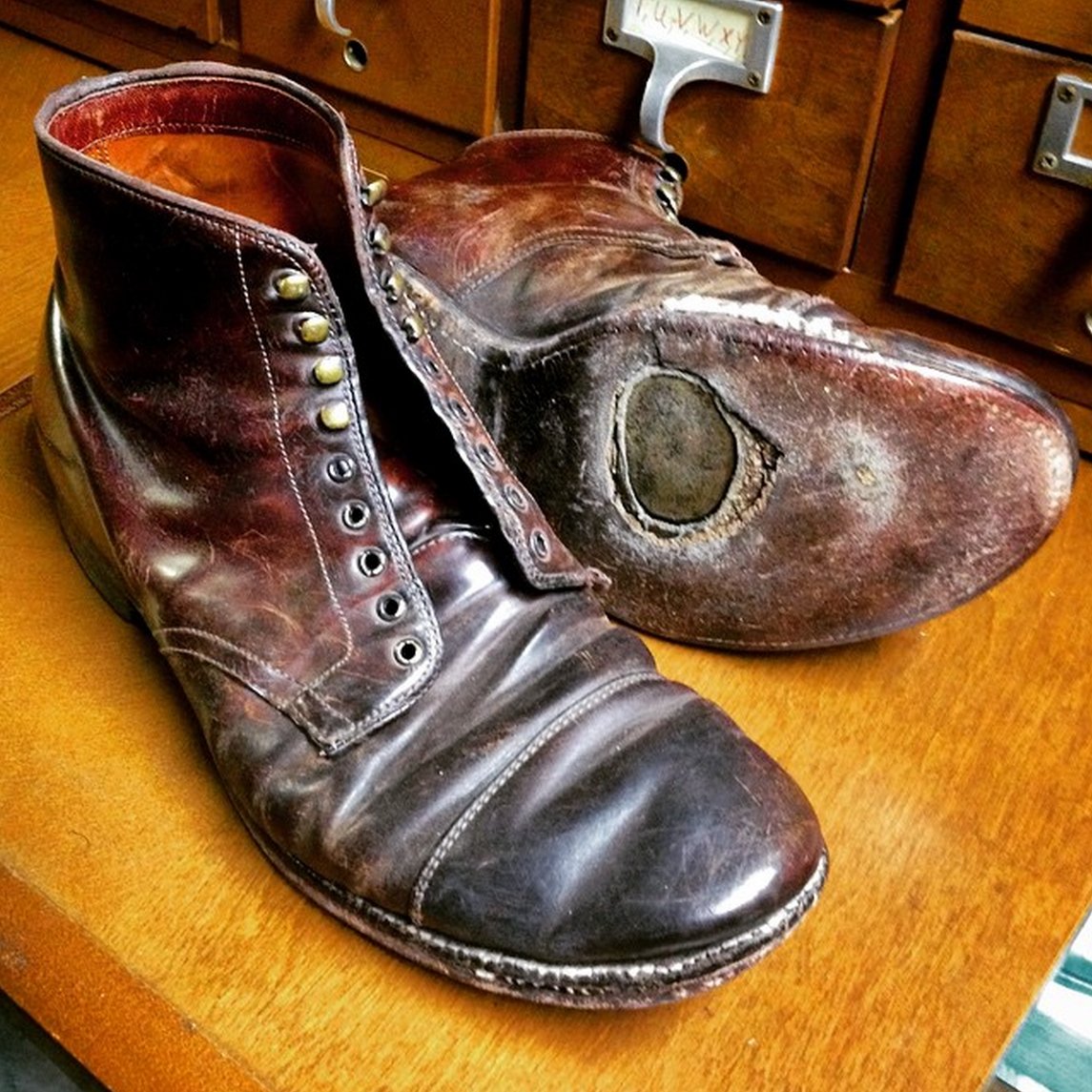
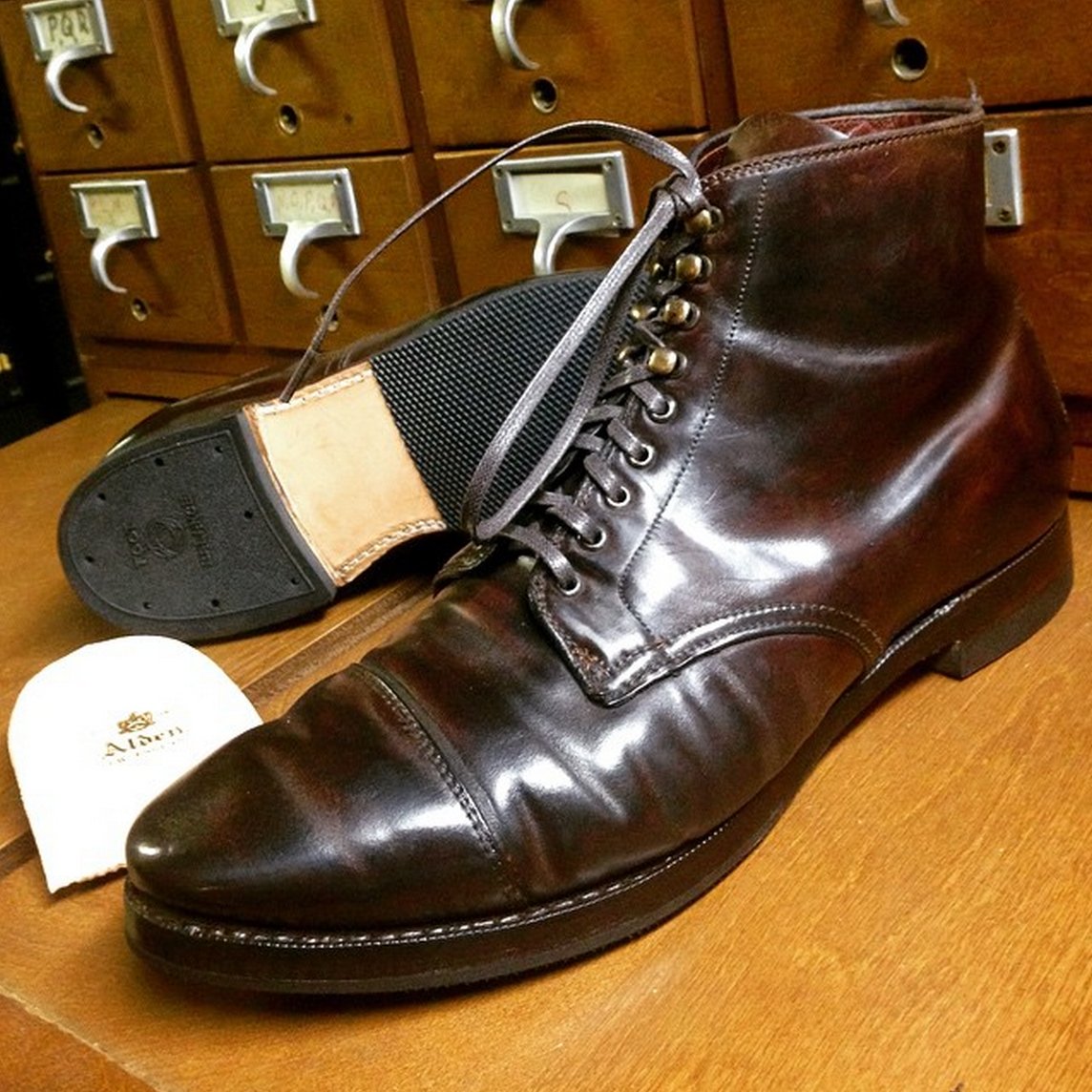
As for the original question, which of these is which?
The shoes on the left cost $1,285. The ones on the right cost $150.
Don't worry, in my subsequent thread, I will talk about quality shoes that start at $200, not in the thousands. I will post it tomorrow.


The shoes on the left cost $1,285. The ones on the right cost $150.
Don't worry, in my subsequent thread, I will talk about quality shoes that start at $200, not in the thousands. I will post it tomorrow.

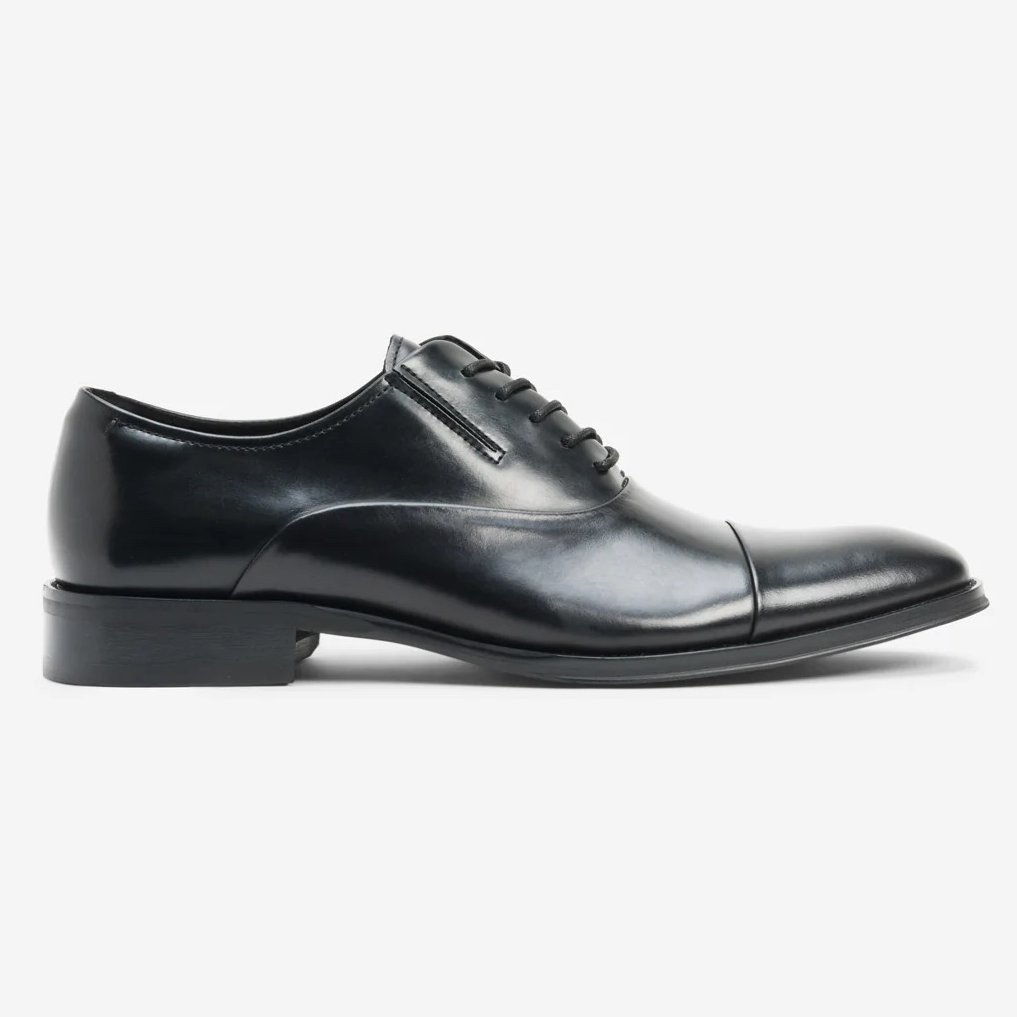
• • •
Missing some Tweet in this thread? You can try to
force a refresh


